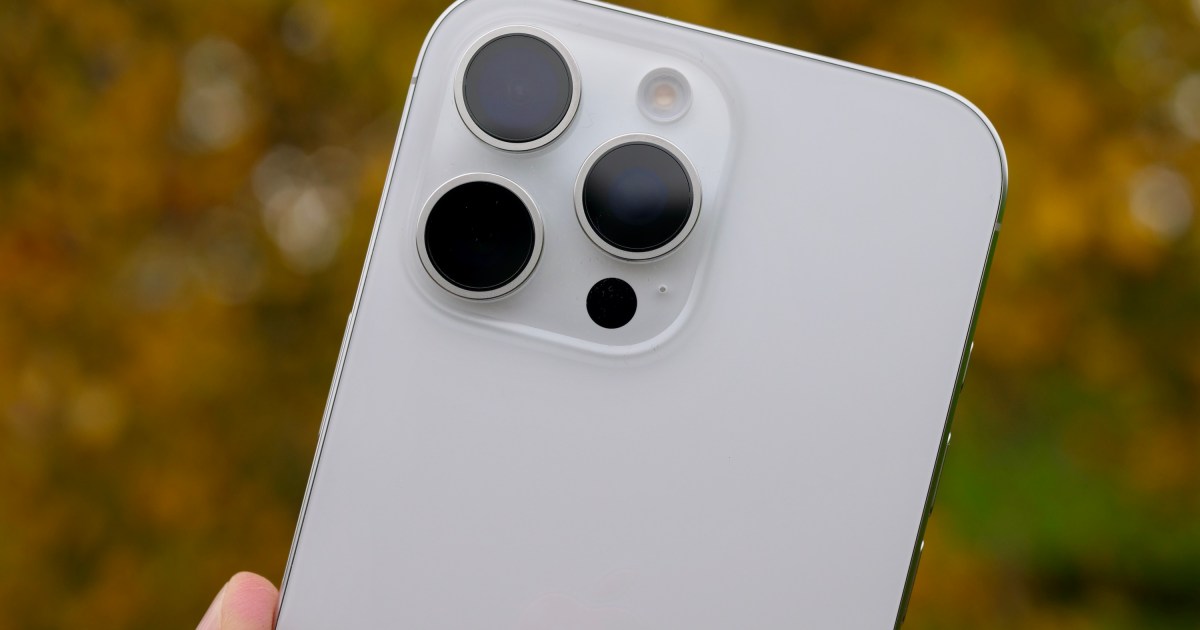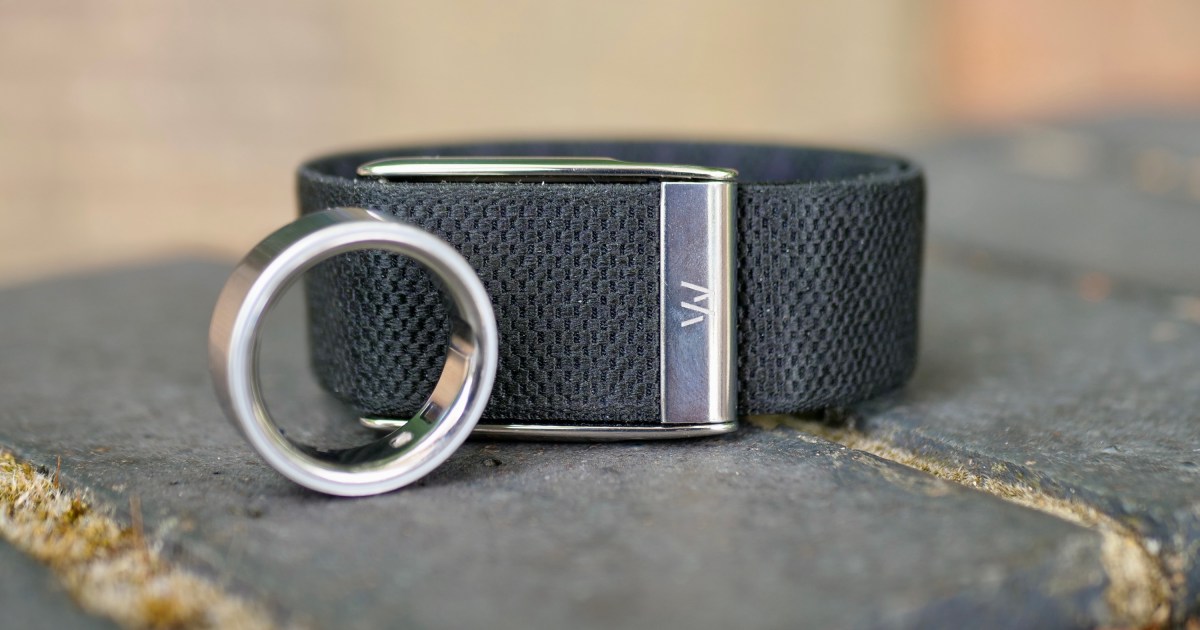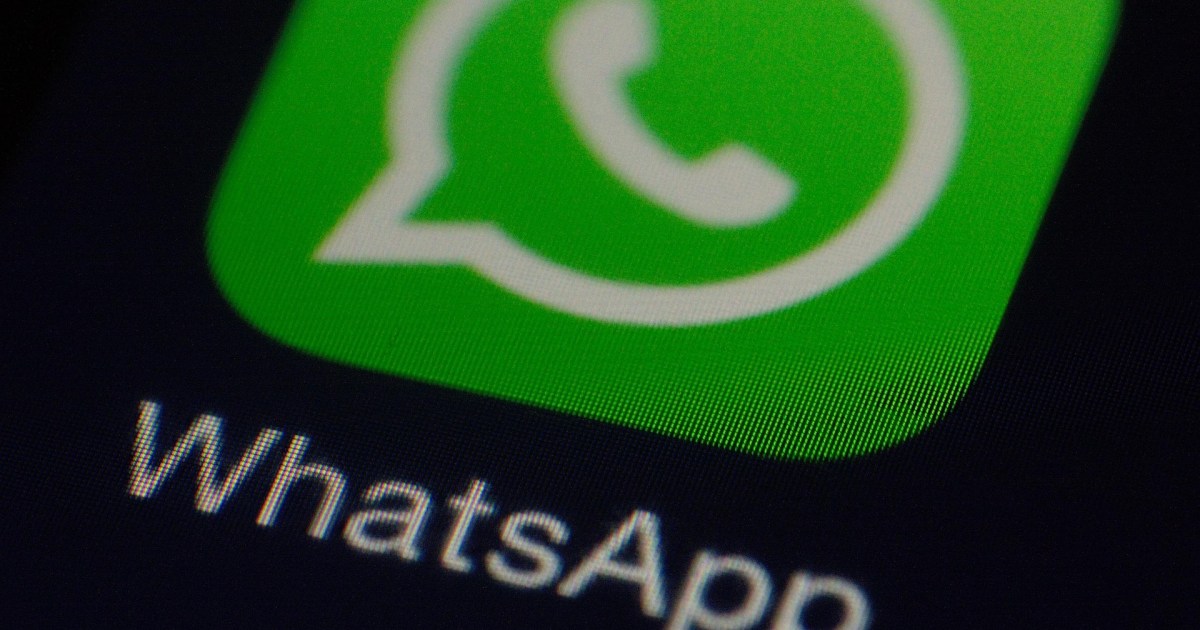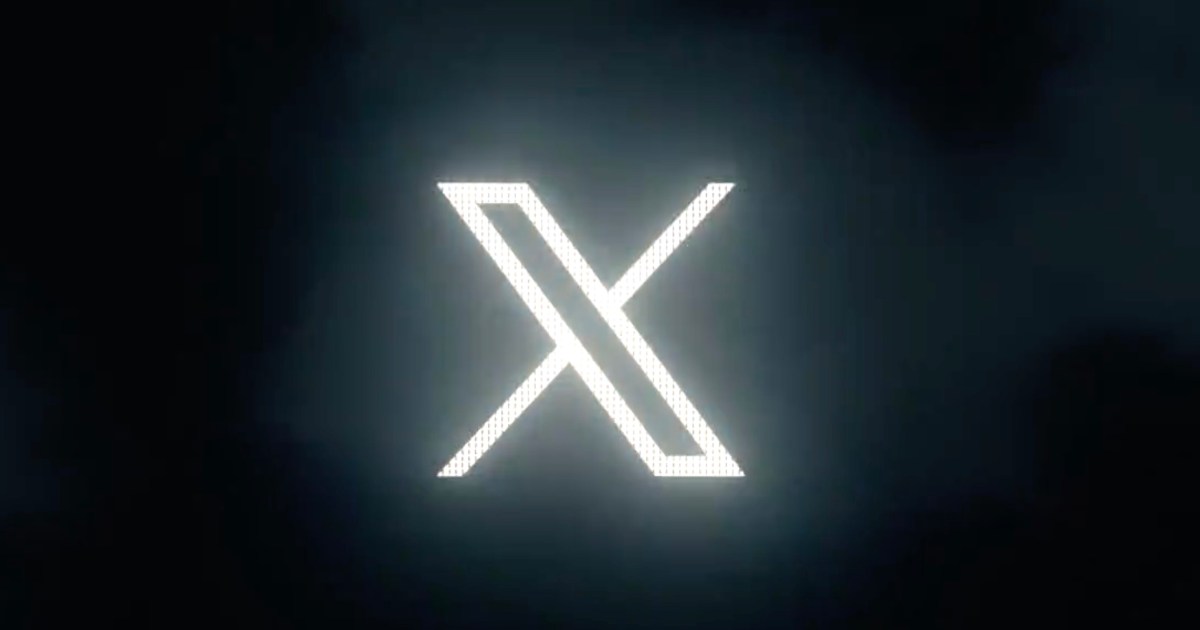The iPhone has long enjoyed a reputation as a trailblazer in mobile photography. For years, it set the standard. However, the smartphone landscape is fiercely competitive, and in recent times, global manufacturers have aggressively challenged Apple’s dominance. Samsung’s Ultra series, exemplified by the latest Galaxy S25 Ultra, and powerful contenders from Oppo, Vivo, and Xiaomi have pushed new frontiers in mobile imaging. With Apple reportedly planning an iPhone 17 Air focused on thinness, the flagship iPhone 16 Pro Max, while a capable camera, seems constrained by a conservative approach to mobile photography innovation.
After months of extensively using the top “Ultra” Android phones and comparing them against the iPhone 16 Pro (which shares its camera system with the Pro Max), a clear picture emerges: Apple needs to step up. It’s time for Apple to develop an iPhone 17 Ultra, incorporating the game-changing features its rivals have already mastered. This analysis explores how the iPhone 16 Pro stacks up and why an Ultra model is crucial for Apple’s future.
iPhone’s Current Camera Reality: Falling Short of “Ultra” Standards
While the iPhone 16 Pro remains a formidable device, its camera system, when juxtaposed with the “Ultra” offerings from competitors, reveals areas where Apple is no longer leading. To understand the disparity, let’s look at the specifications.
| iPhone 16 Pro | Galaxy S25 Ultra | Vivo X200 Ultra | Oppo Find X8 Ultra | |
|---|---|---|---|---|
| Primary Camera | 48MP, f/1.8 24mm, OIS Size: 1/1.28” | 200MP, f/1.7 24mm, OIS Size: 1/1.3” | 50MP, f/1.7 35mm, OIS Size: 1/1.28” | 50MP, f/1.8 23mm, OIS Size: 1-inch |
| Ultra-wide camera | 48MP, f/2.2 13mm, PDAF | 50MP, f/1.9 PDAF | 50MP, f/2.0 14mm, OIS | 50MP, f/2.0 15mm, PDAF |
| Telephoto Camera 1 | 12MP, f/2.8 120mm, OIS 5x optical zoom | 10MP, f/2.4 67mm, OIS 3x optical | 200MP, f/2.3 85mm, OIS 3.7x optical Macro: 3.4:1 | 50MP, f/2.1 70mm, OIS 3x optical Macro: 10cm |
| Telephoto Camera 2 | – | 50MP, f/3.4 111mm, OIS 5x optical | – | 50MP, f/3.1 135mm, OIS 6x optical Macro: 35cm |
| Max zoom | 25x | 100x | 120x | 120x |
| Other | 3D LiDAR scanner (depth) | Laser autofocus | Zeiss Optics Add-on zoom lens: 200mm, 2.35x | Hasselblad Colors, Laser, Color Spectrum sensor |
| Selfie Camera | 12MP, f/1.9 23mm, OIS | 12MP, f/2.2 26mm | 50MP, f/2.5 AF | 32MP, f/2.4 PDAF |
 Back view of the Samsung Galaxy S25 Ultra showcasing its camera array.
Back view of the Samsung Galaxy S25 Ultra showcasing its camera array.
Analyzing the Gaps: Where Apple’s Camera Tech Needs an Upgrade
The spec sheet highlights several key distinctions. Apple’s current approach lags due to the absence of a secondary, longer-reach telephoto lens, or at least one with more robust AI-powered zoom for greater magnifications. Furthermore, the selfie camera’s resolution and features are modest compared to some Ultras, and sensor sizes, particularly for telephoto, are often smaller.
Most “Ultra” competitors offer dual telephoto lenses, providing greater versatility. Many also boast impressive macro capabilities with minimum capture distances as close as 10cm. Consequently, their overall zoom performance far surpasses what’s available on current iPhones. The iPhone 16 Pro caps out at 25x zoom, with significant image degradation beyond 10x. In contrast, Samsung’s offerings maintain strong quality up to 30x, while Oppo, Xiaomi, and Vivo demonstrate capable performance even at 100x zoom. Some, like Vivo and Xiaomi, even offer attachable lenses to further extend their telephoto reach. These differences significantly impact the final image quality and versatility.
The Ultra Gauntlet: How Competitors Outshine the iPhone in Key Areas
Direct comparisons reveal the practical impact of these hardware and software differences. Testing these flagship cameras in various environments underscores the advancements Apple could integrate into a potential iPhone 17 Ultra.
Zoom Wars: iPhone 16 Pro vs. Samsung Galaxy S25 Ultra in Dubai
Huawei pioneered periscope telephoto lenses in smartphones, but Samsung popularized the “Ultra” designation, starting with the Galaxy S20 Ultra’s exceptional zoom. The Galaxy S25 Ultra continues this legacy, offering up to 100x zoom, a stark contrast to the iPhone 16 Pro’s 25x maximum. While 100x might be situational, it enables impressive performance at more practical magnifications like 30x.
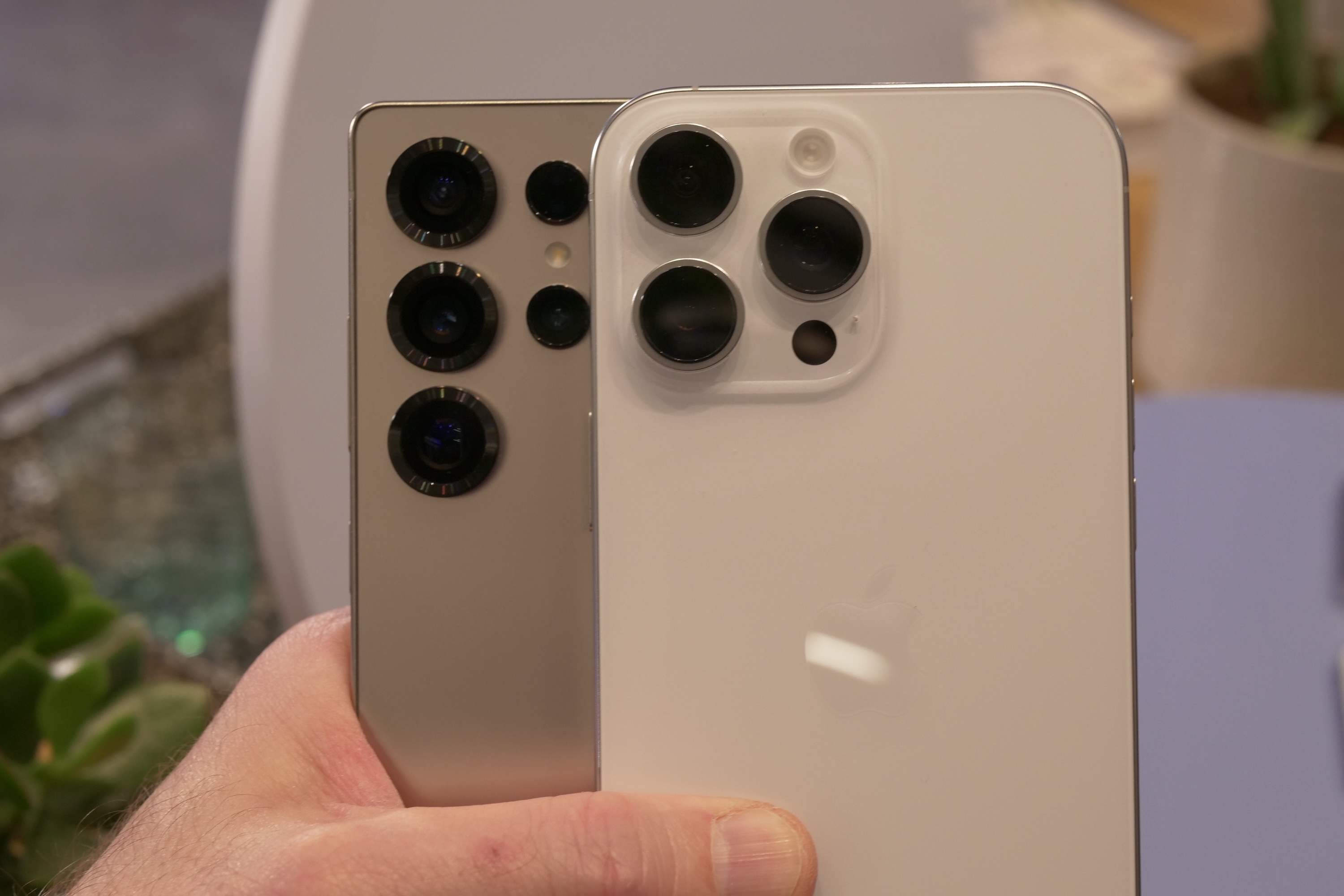 Samsung Galaxy S25 Ultra and Apple iPhone 16 Pro Max side-by-side, back view.
Samsung Galaxy S25 Ultra and Apple iPhone 16 Pro Max side-by-side, back view.
At 1x magnification under the bright Dubai sun, both the Galaxy S25 Ultra and iPhone 16 Pro perform competently. However, the Galaxy S25 Ultra often delivers more vibrant color reproduction due to higher saturation. While the iPhone 16 Pro’s colors are technically more accurate, Samsung’s traditional approach to color science, favoring saturation, often enhances landscapes and similar scenes.
 Comparison of a 1x photo taken with Galaxy S25 Ultra (left) and iPhone 16 Pro (right) in Dubai.
Comparison of a 1x photo taken with Galaxy S25 Ultra (left) and iPhone 16 Pro (right) in Dubai.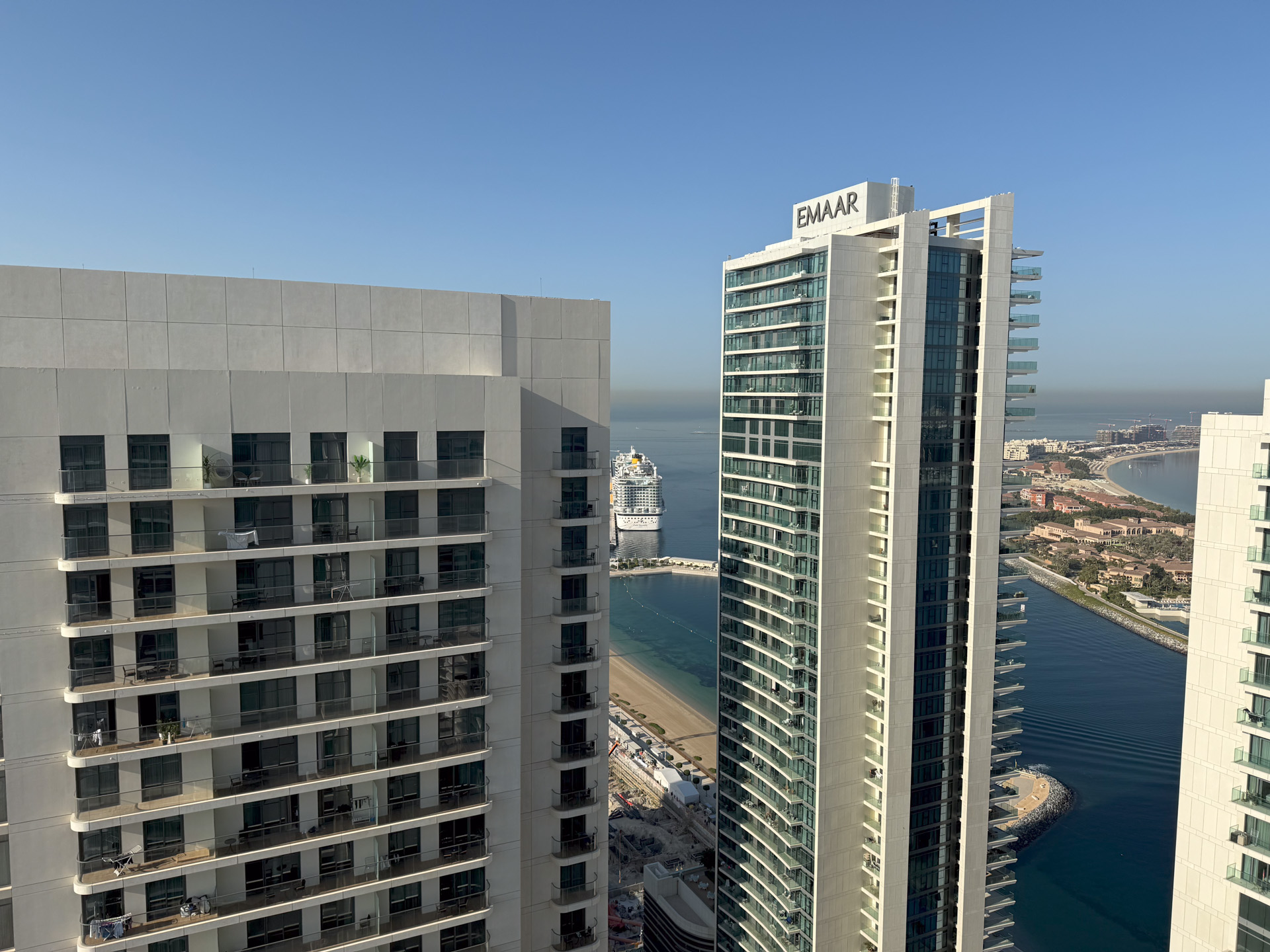 A 1x photo of a Dubai scene captured on the iPhone 16 Pro.
A 1x photo of a Dubai scene captured on the iPhone 16 Pro.
Both phones feature a 5x optical zoom periscope lens. A close examination of shots taken with this lens reveals that Apple’s 12MP telephoto sensor struggles to match the detail captured by the Galaxy S25 Ultra’s 50MP telephoto. Apple’s color science remains natural, which is less of a differentiating factor in this particular scene.
 Comparison of a 5x zoom photo: Galaxy S25 Ultra (left) showcasing more detail than iPhone 16 Pro (right).
Comparison of a 5x zoom photo: Galaxy S25 Ultra (left) showcasing more detail than iPhone 16 Pro (right). A 5x zoom photo taken on the iPhone 16 Pro in Dubai.
A 5x zoom photo taken on the iPhone 16 Pro in Dubai.
The advantage of dual telephoto lenses becomes apparent with hybrid or digital zoom. Comparing a 10x photo from both devices, the degradation in the iPhone 16 Pro’s image is noticeable. While the image is still usable, the loss of detail is evident.
 10x zoom comparison: Galaxy S25 Ultra (top) showing less degradation than iPhone 16 Pro (bottom).
10x zoom comparison: Galaxy S25 Ultra (top) showing less degradation than iPhone 16 Pro (bottom). A 10x zoom photo taken on the iPhone 16 Pro, showing some image degradation.
A 10x zoom photo taken on the iPhone 16 Pro, showing some image degradation.
At their respective higher zoom levels (30x for Galaxy S25 Ultra, 25x for iPhone 16 Pro), the results are more nuanced. In some instances, the iPhone 16 Pro image quality can improve slightly over its 10x shot, though this isn’t consistent. Generally, the iPhone 16 Pro might offer better colors but less detail, while the Galaxy S25 Ultra retains more detail, sometimes at the expense of overall visual appeal.
 Comparison of high zoom: Galaxy S25 Ultra at 30x (left) vs iPhone 16 Pro at 25x (right).
Comparison of high zoom: Galaxy S25 Ultra at 30x (left) vs iPhone 16 Pro at 25x (right). An iPhone 16 Pro photo taken at its maximum 25x zoom.
An iPhone 16 Pro photo taken at its maximum 25x zoom.
Months of testing yield similar outcomes. The iPhone 16 Pro, much like the Google Pixel 9 Pro, is hampered by its zoom limitations. Considering the Pro Max variant is priced roughly $200 less than the Galaxy S25 Ultra, these devices are direct competitors. However, the most significant challenge for Apple isn’t just Samsung; it’s the relentless innovation from other companies pushing smartphone photography’s boundaries, especially in major global markets outside the US where brands like Vivo and Oppo have a strong presence.
Innovation from the East: iPhone 16 Pro vs. Oppo Find X8 Ultra & Vivo X200 Ultra in Paris
Vivo has consistently pushed smartphone camera technology, and the Vivo X200 Ultra is a testament to this. It’s an exceptional all-around device that demonstrates incredible photos are possible without necessarily needing a secondary telephoto. The X200 Ultra’s triple camera setup aims for parity between lenses, ensuring consistent quality regardless of which lens is used. A notable characteristic is its 35mm starting focal length on the main camera, designed to mimic human eyesight, though it can feel jarring compared to the wider default lenses on most phones and makes direct comparisons tricky.
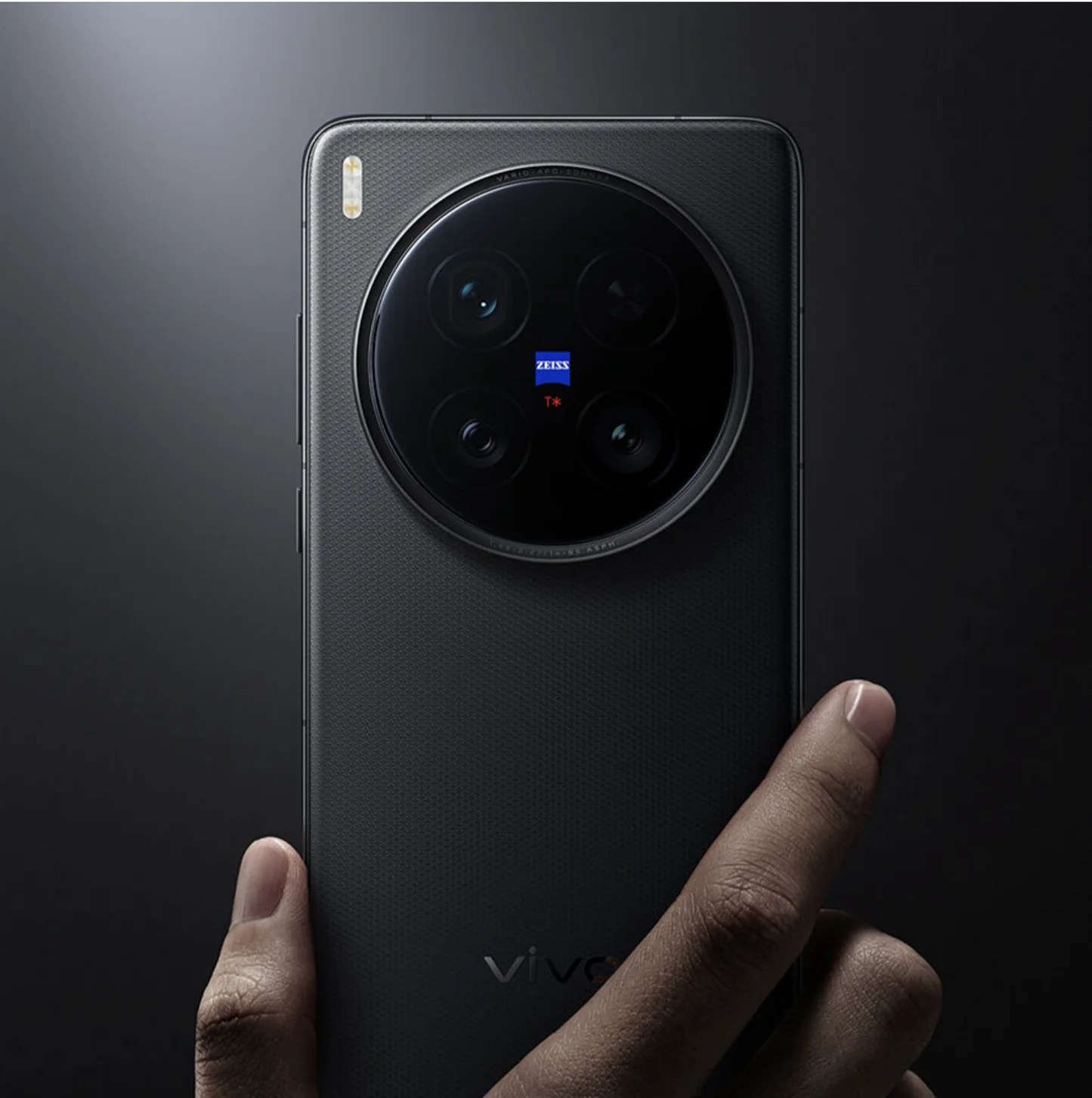 Press render of the Vivo X200 Ultra smartphone.
Press render of the Vivo X200 Ultra smartphone.
Oppo’s Find X8 Ultra takes a slightly different route, also emphasizing lens parity to avoid sudden quality drops when switching between its cameras during photo or video capture. It boasts two periscope telephoto lenses. While some color science variations exist across its four lenses, maintaining resolution parity is a commendable goal.
During a trip to Paris, these three cameras were put to the test, starting with the Eiffel Tower.
At lower magnifications, the Vivo X200 Ultra produced the brightest images, while the Oppo Find X8 Ultra captured the most detail. The iPhone 16 Pro generally kept pace, but its images often lacked the color and vibrancy of its competitors.
 Ultrawide shot of the Eiffel Tower captured on the iPhone 16 Pro.
Ultrawide shot of the Eiffel Tower captured on the iPhone 16 Pro.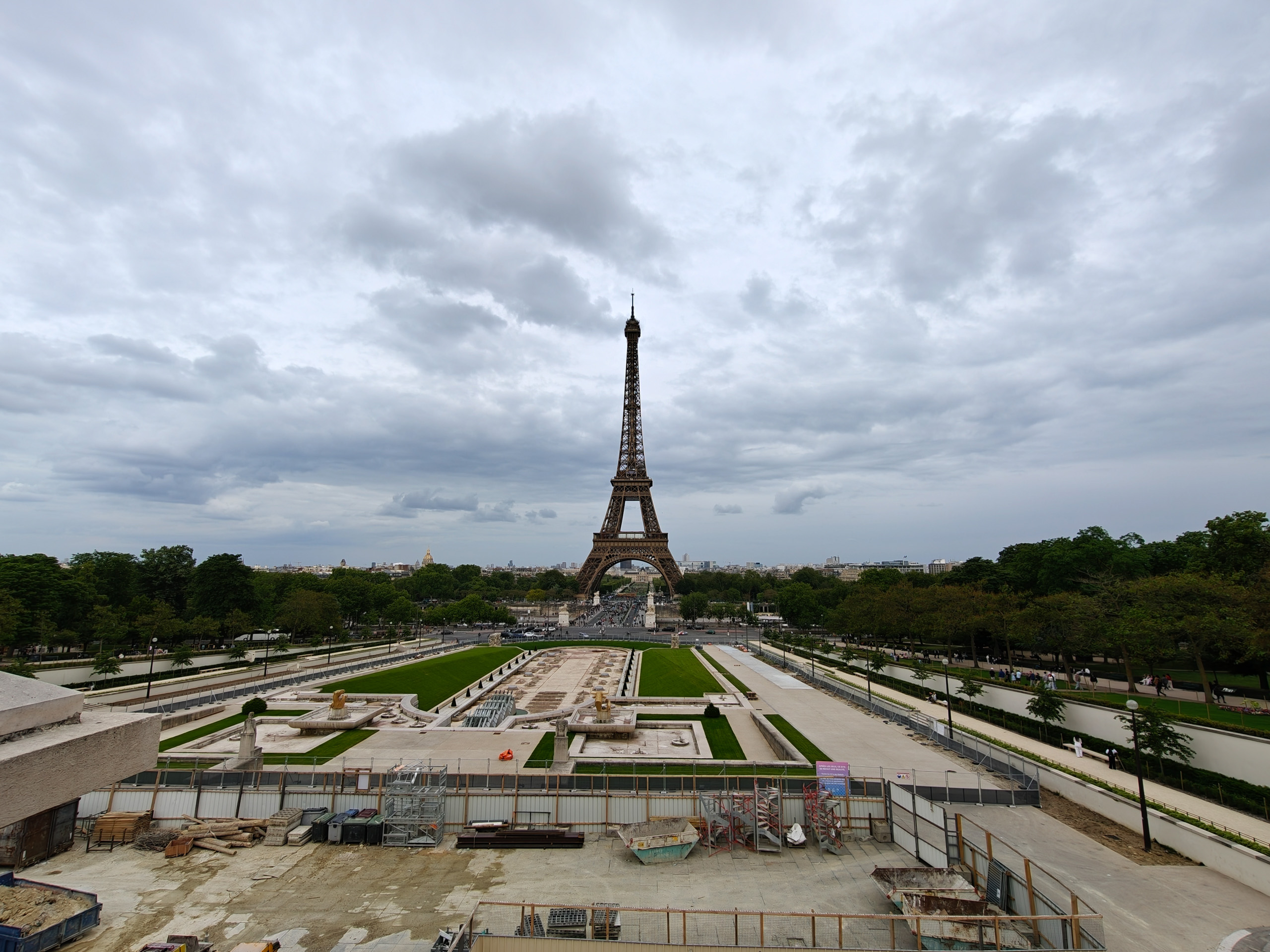 Ultrawide photo of the Eiffel Tower taken with the Oppo Find X8 Ultra.
Ultrawide photo of the Eiffel Tower taken with the Oppo Find X8 Ultra. Vivo X200 Ultra ultrawide photo of the Eiffel Tower.
Vivo X200 Ultra ultrawide photo of the Eiffel Tower.
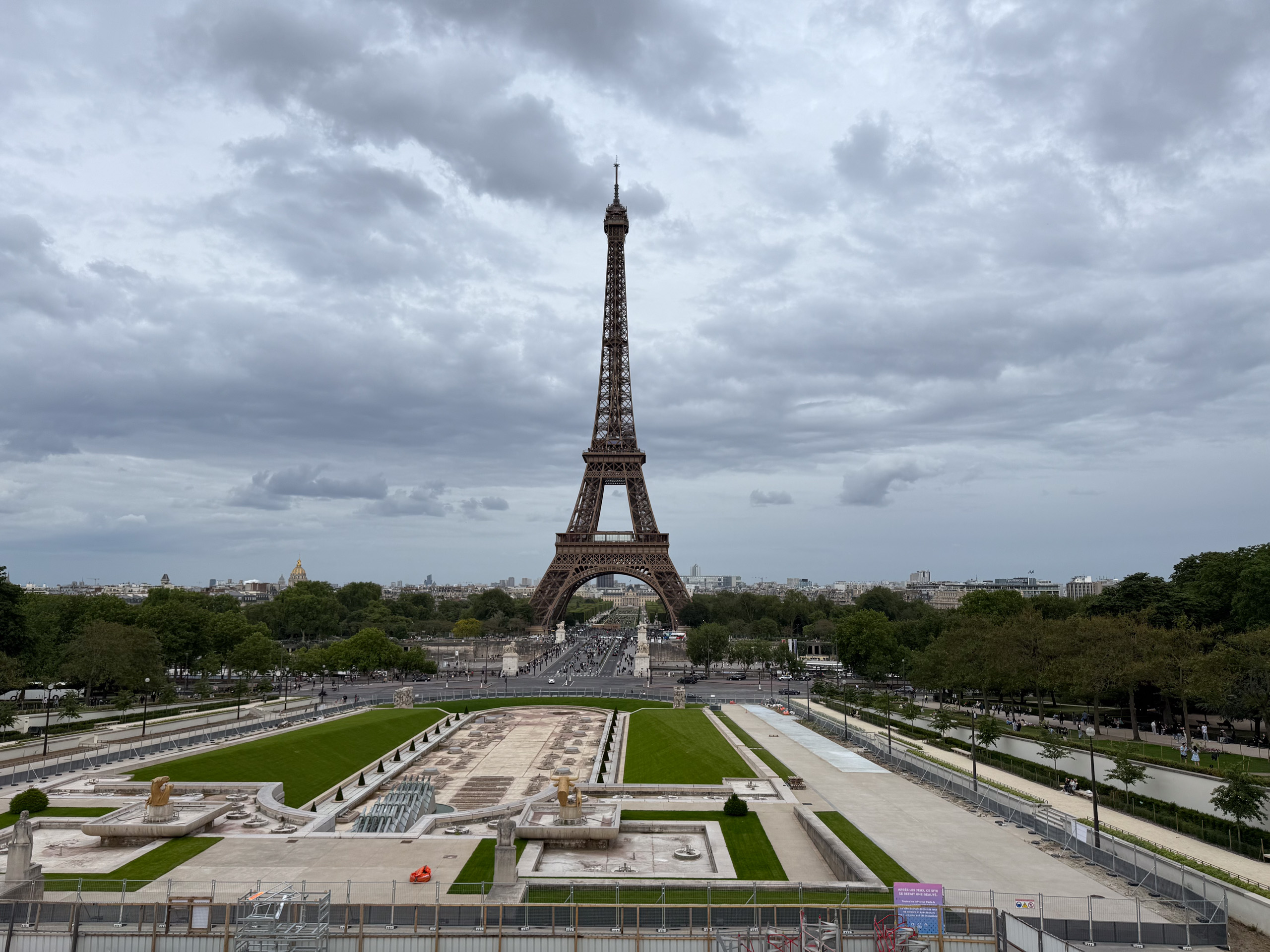 Standard 1x photo of the Eiffel Tower from the iPhone 16 Pro.
Standard 1x photo of the Eiffel Tower from the iPhone 16 Pro. Oppo Find X8 Ultra 1x photo of the Eiffel Tower.
Oppo Find X8 Ultra 1x photo of the Eiffel Tower. Vivo X200 Ultra 1x image of the Eiffel Tower.
Vivo X200 Ultra 1x image of the Eiffel Tower.
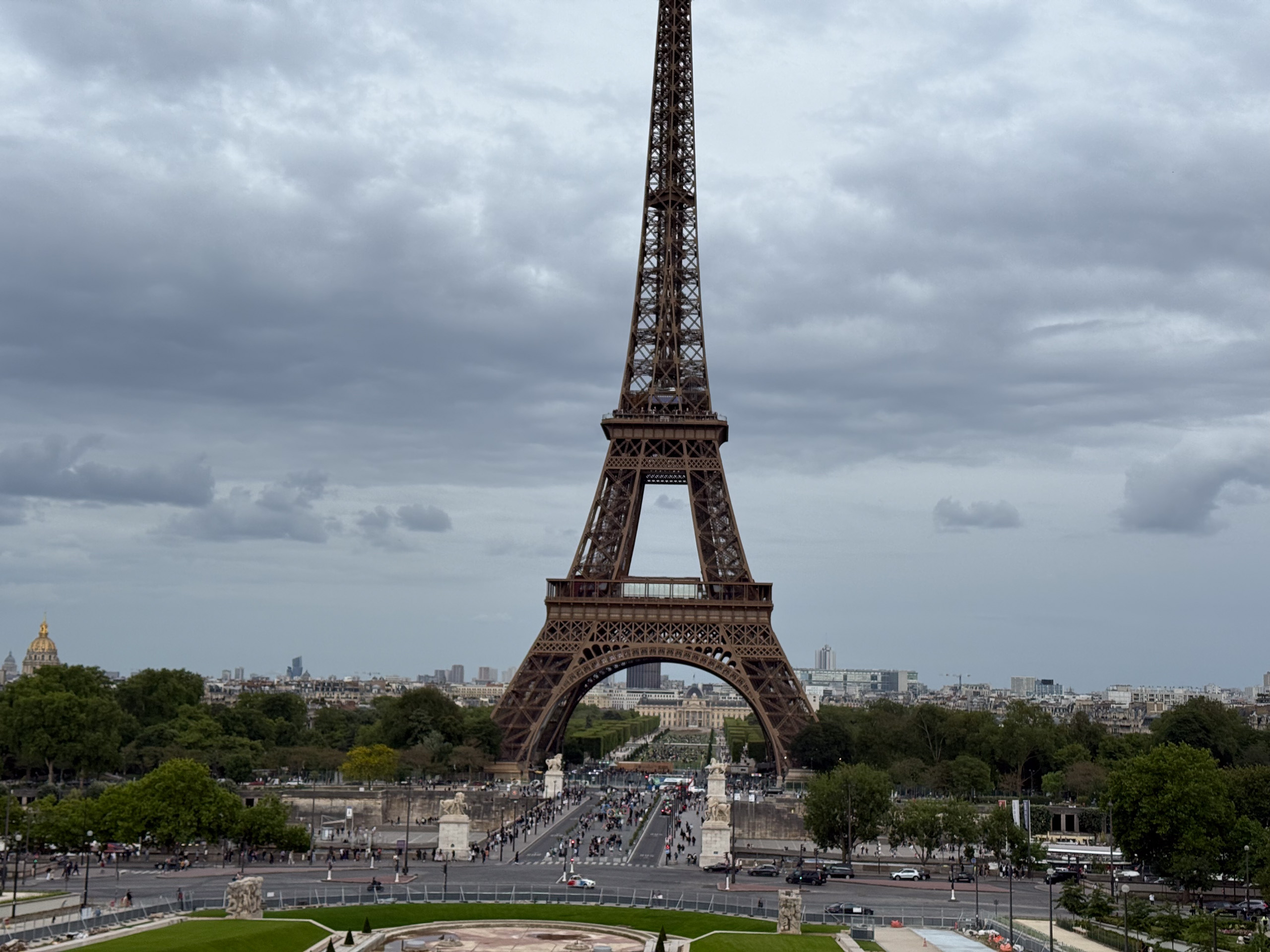 Eiffel Tower at 2x zoom with iPhone 16 Pro.
Eiffel Tower at 2x zoom with iPhone 16 Pro.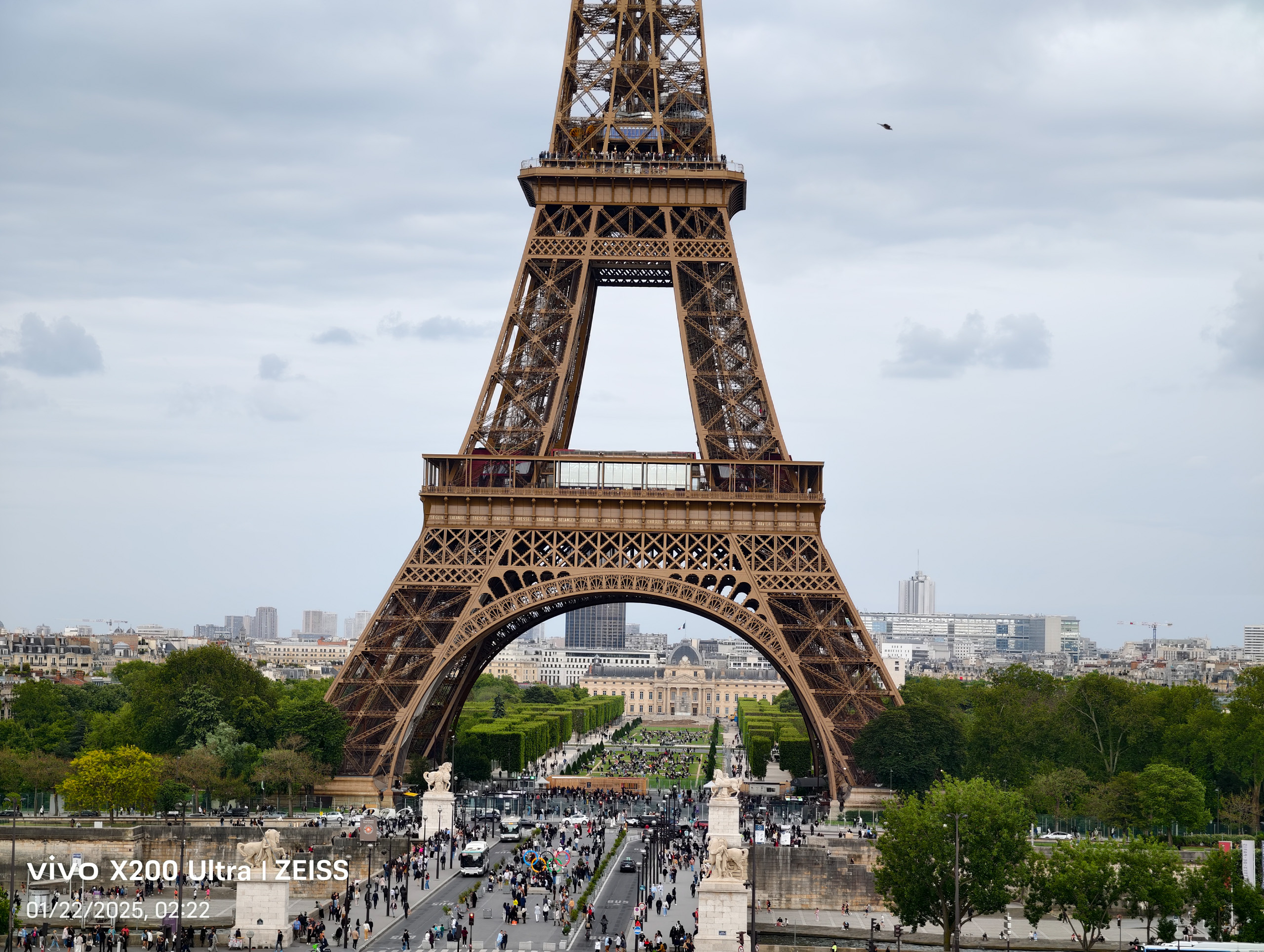 Vivo X200 Ultra 3x zoom on the Eiffel Tower.
Vivo X200 Ultra 3x zoom on the Eiffel Tower.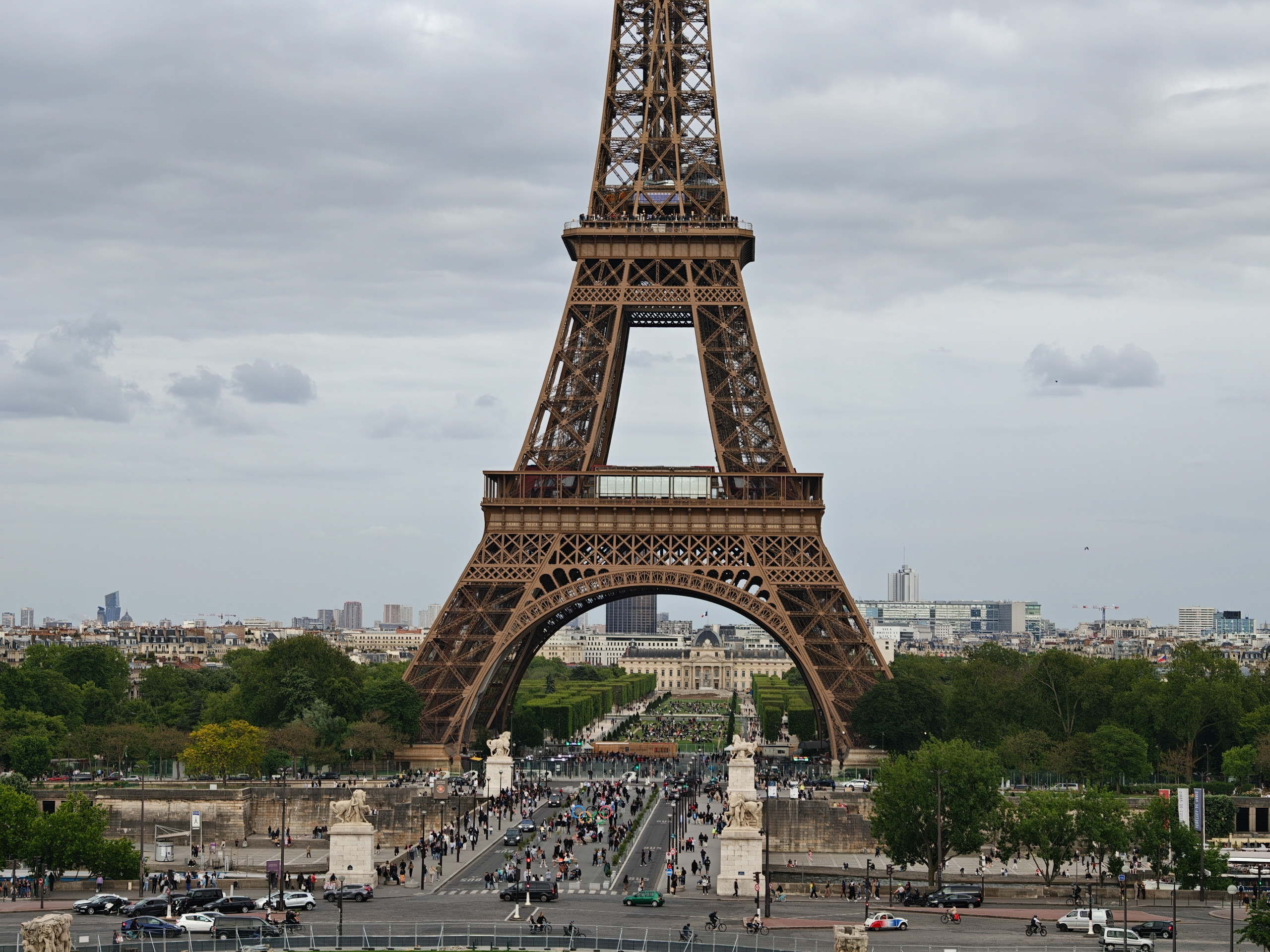 Oppo Find X8 Ultra 3x zoom capturing the Eiffel Tower.
Oppo Find X8 Ultra 3x zoom capturing the Eiffel Tower.
Once zoom levels exceed 5x, the iPhone consistently begins to struggle. This is a primary weakness in Apple’s camera strategy: it doesn’t heavily leverage AI for photo enhancement at higher zooms and lacks the dedicated hardware (like a secondary, longer telephoto lens) for strong performance beyond 5x magnification.
 iPhone 16 Pro 5x zoom shot of the Eiffel Tower.
iPhone 16 Pro 5x zoom shot of the Eiffel Tower.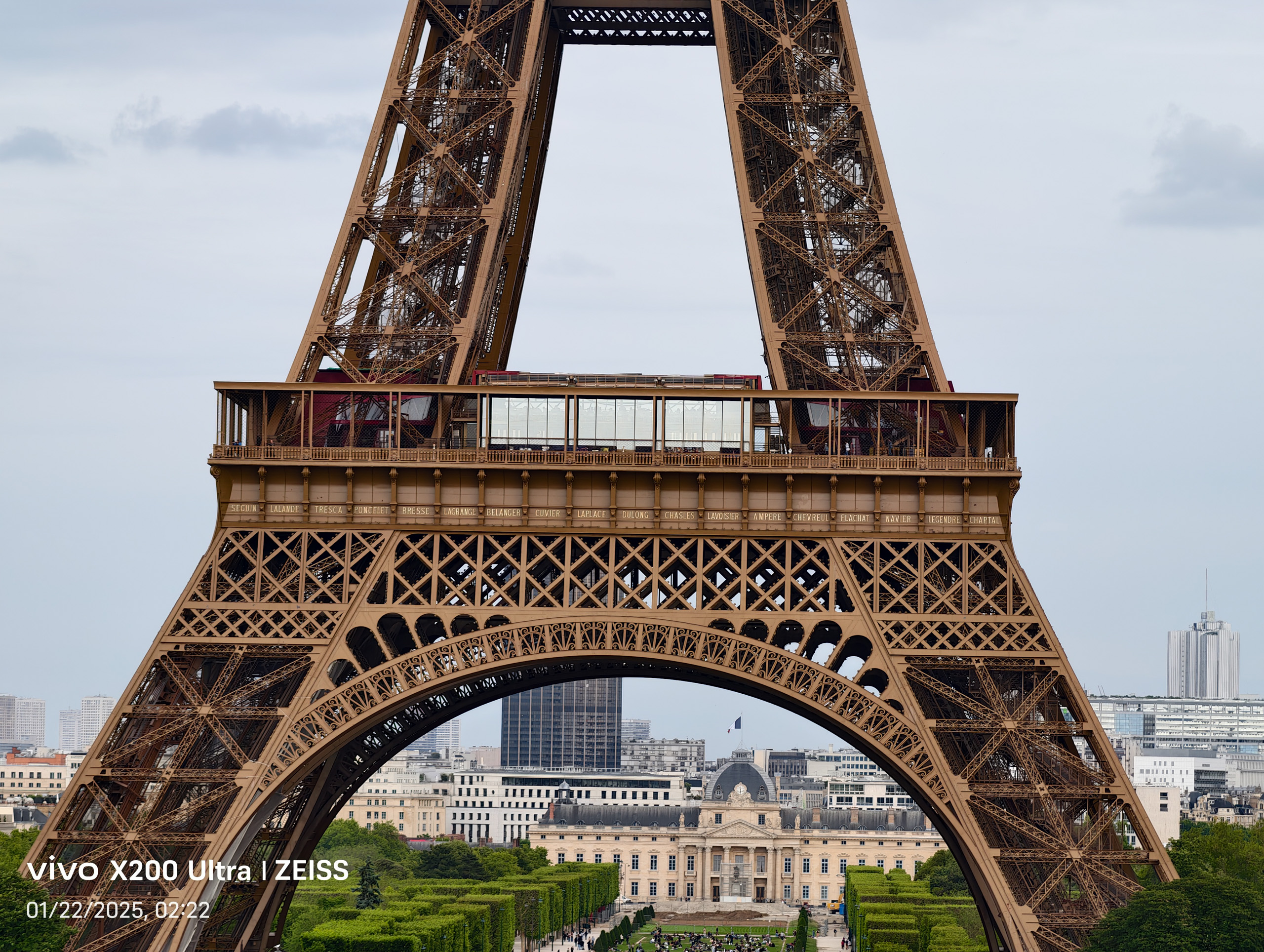 Vivo X200 Ultra 5x zoom on the Eiffel Tower.
Vivo X200 Ultra 5x zoom on the Eiffel Tower. Oppo Find X8 Ultra 6x zoom capturing detail on the Eiffel Tower.
Oppo Find X8 Ultra 6x zoom capturing detail on the Eiffel Tower.
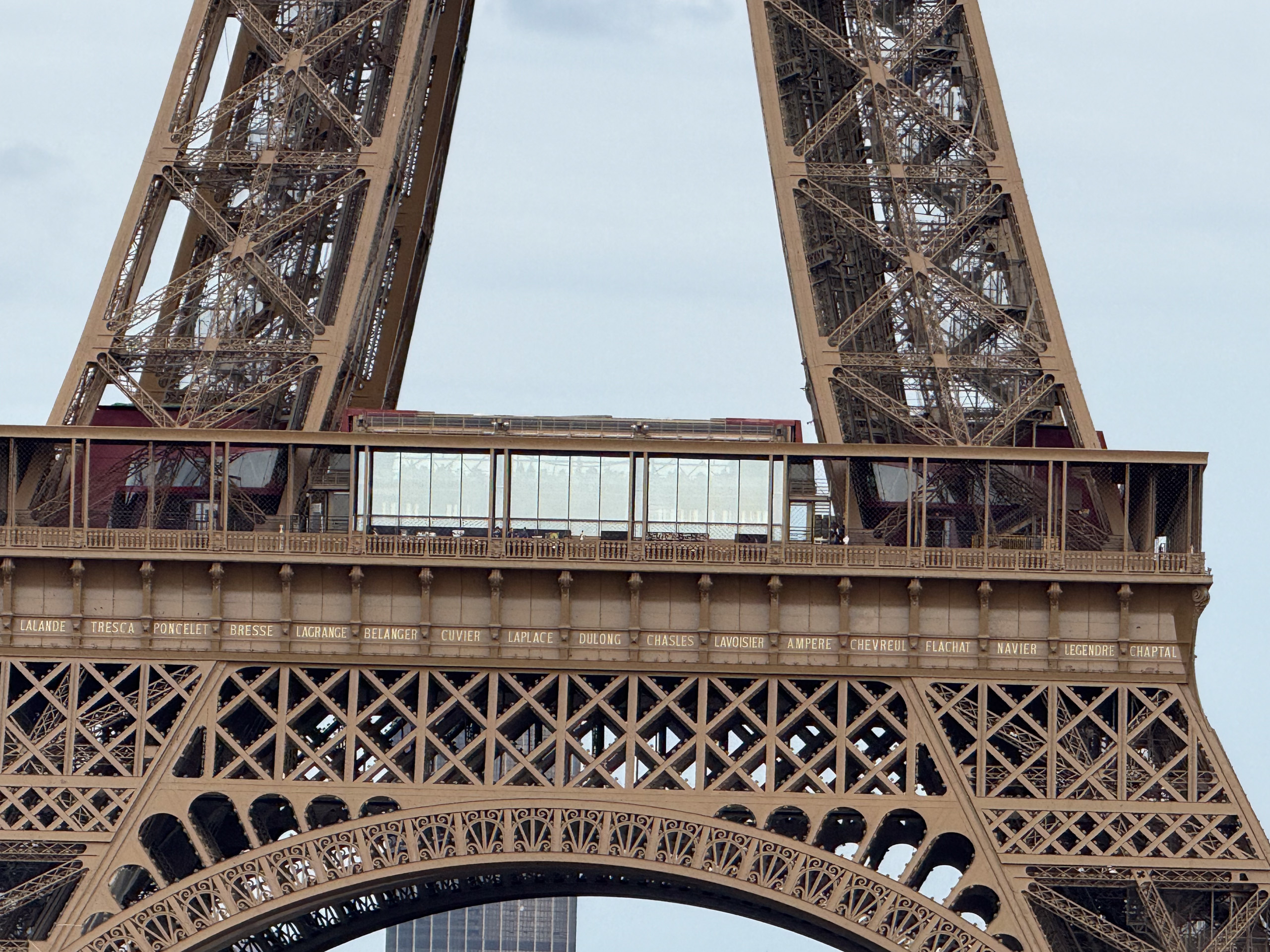 iPhone 16 Pro 10x zoom of the Eiffel Tower, showing limitations.
iPhone 16 Pro 10x zoom of the Eiffel Tower, showing limitations. Vivo X200 Ultra 10x zoom of the Eiffel Tower.
Vivo X200 Ultra 10x zoom of the Eiffel Tower.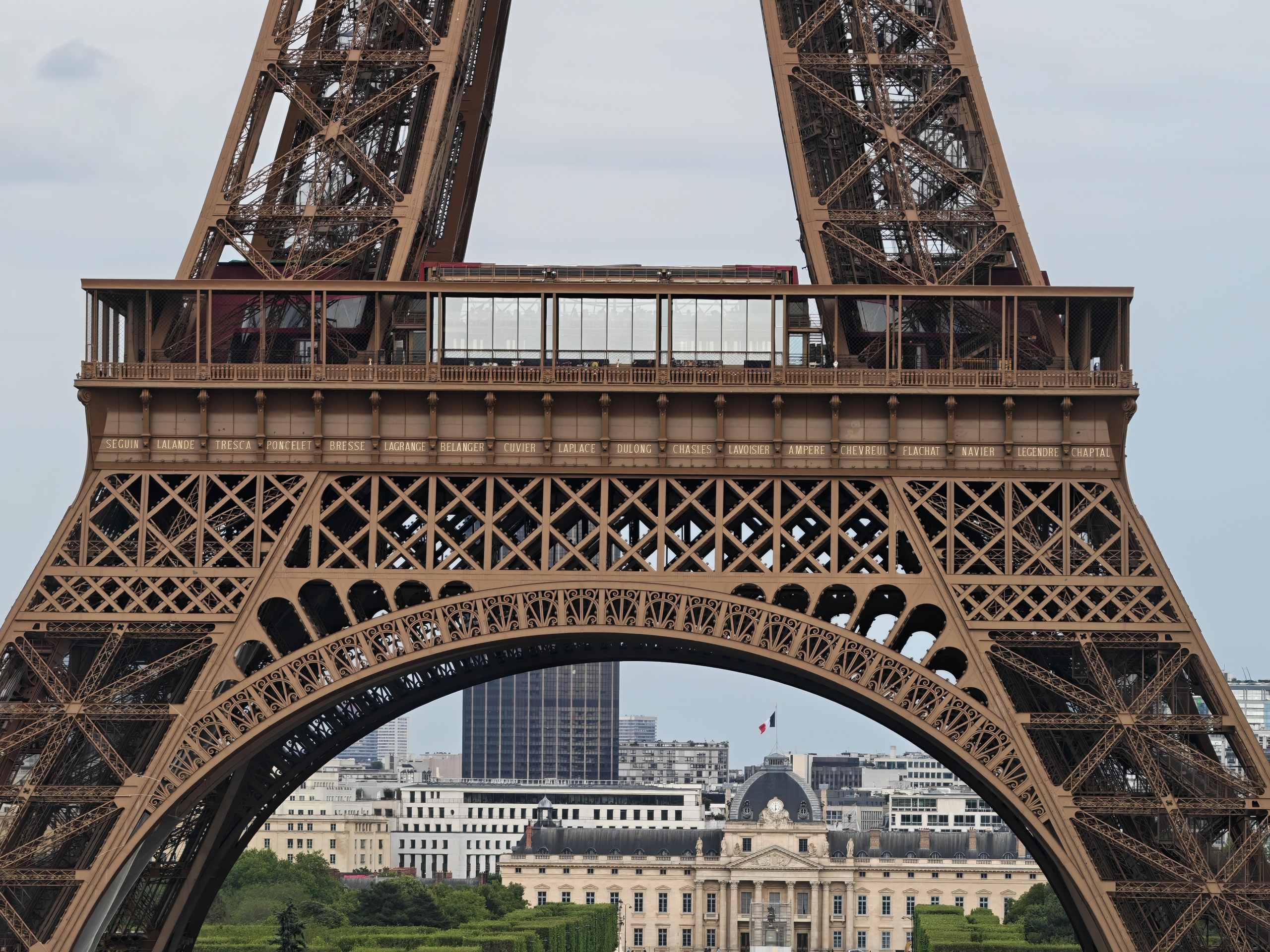 Oppo Find X8 Ultra 10x zoom photo of the Eiffel Tower.
Oppo Find X8 Ultra 10x zoom photo of the Eiffel Tower.
In nighttime conditions, both the Oppo Find X8 Ultra and Vivo X200 Ultra prove extremely capable.
In one low-light scene, the iPhone 16 Pro, despite its zoom limitations, produced a very commendable photo with less lens flare and a visually clearer image, making it the preferred shot. Oppo and Vivo were close, but Apple edged them out.
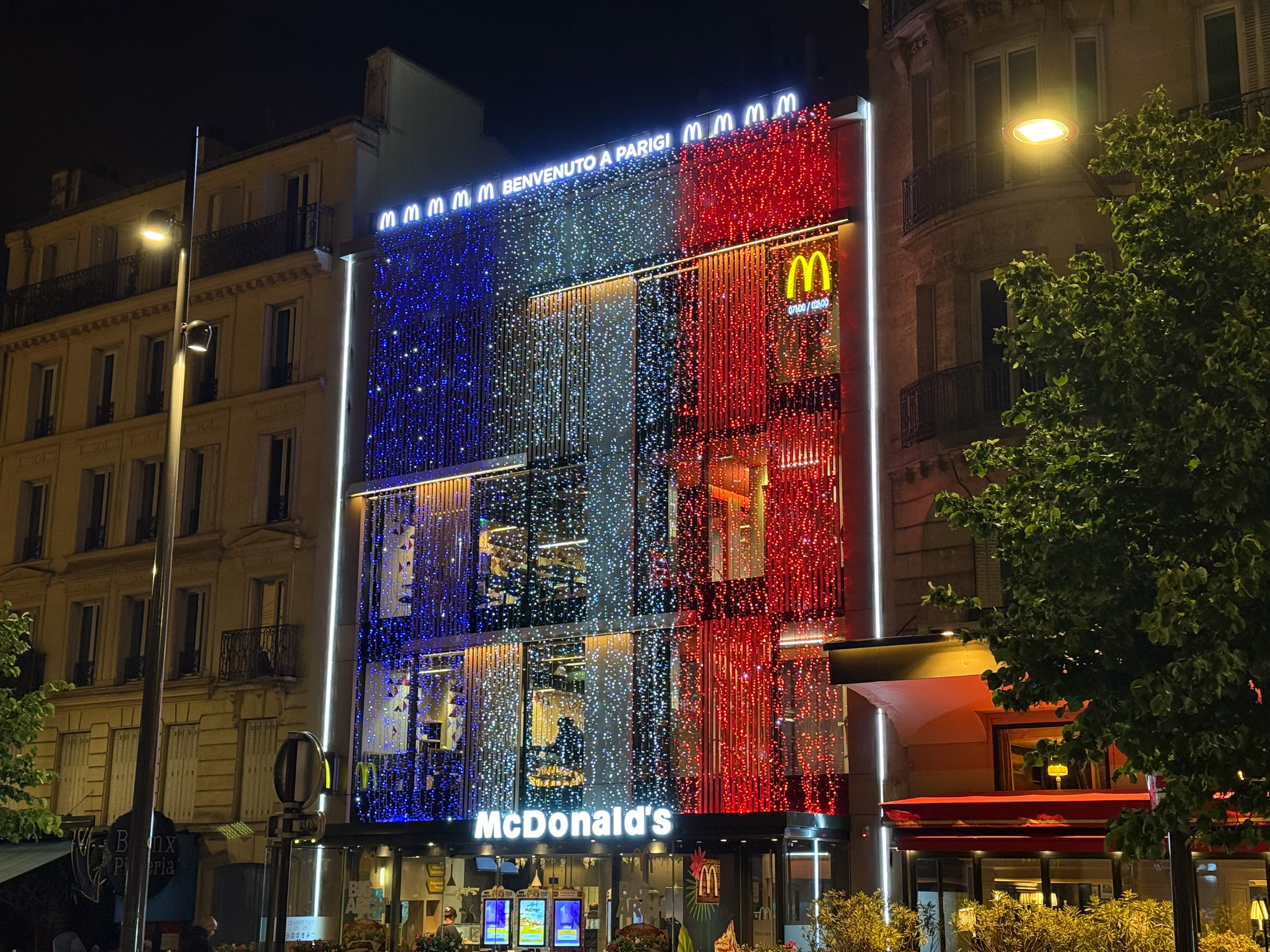 Night scene in Paris at 1x with iPhone 16 Pro, showing good flare control.
Night scene in Paris at 1x with iPhone 16 Pro, showing good flare control.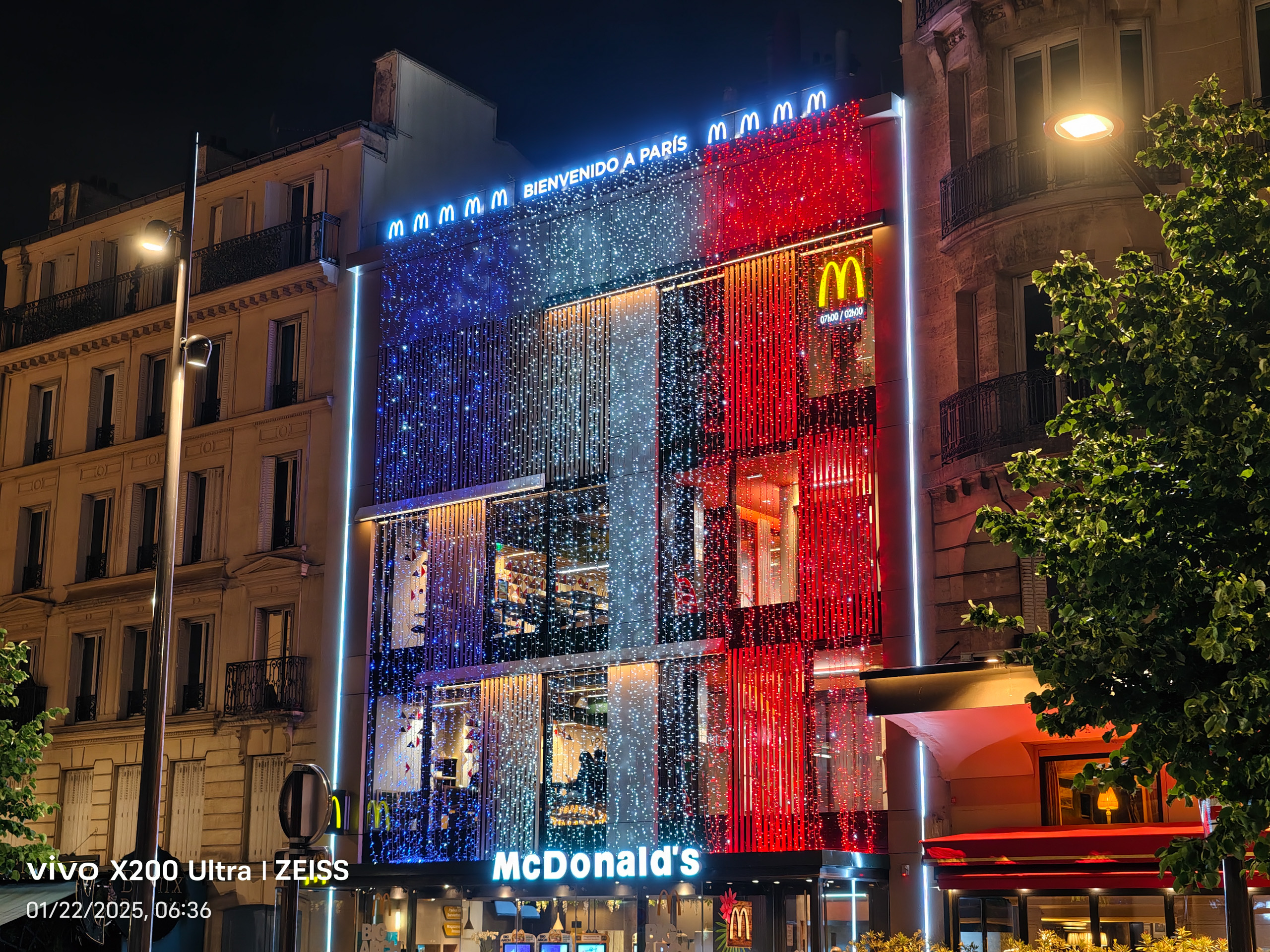 Vivo X200 Ultra 1x night photo in Paris.
Vivo X200 Ultra 1x night photo in Paris. Oppo Find X8 Ultra 1x night shot in Paris.
Oppo Find X8 Ultra 1x night shot in Paris.
Another challenging night test with mixed lighting and intricate details saw the Vivo X200 Ultra struggle with light balance, though it captured the most detail. The iPhone’s lighting was slightly warm, but it produced the most balanced photo overall.
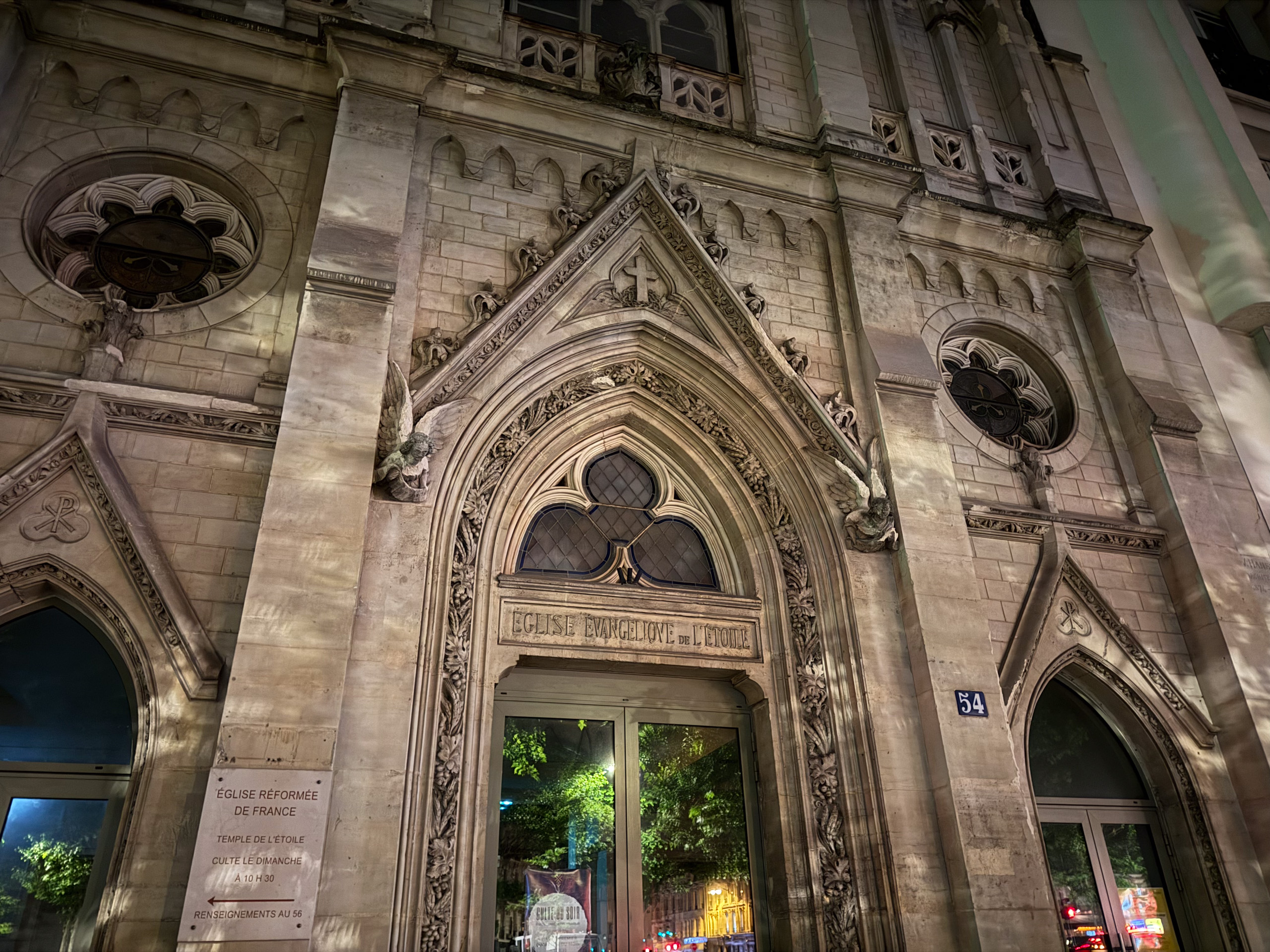 iPhone 16 Pro 1x night photo with balanced lighting.
iPhone 16 Pro 1x night photo with balanced lighting.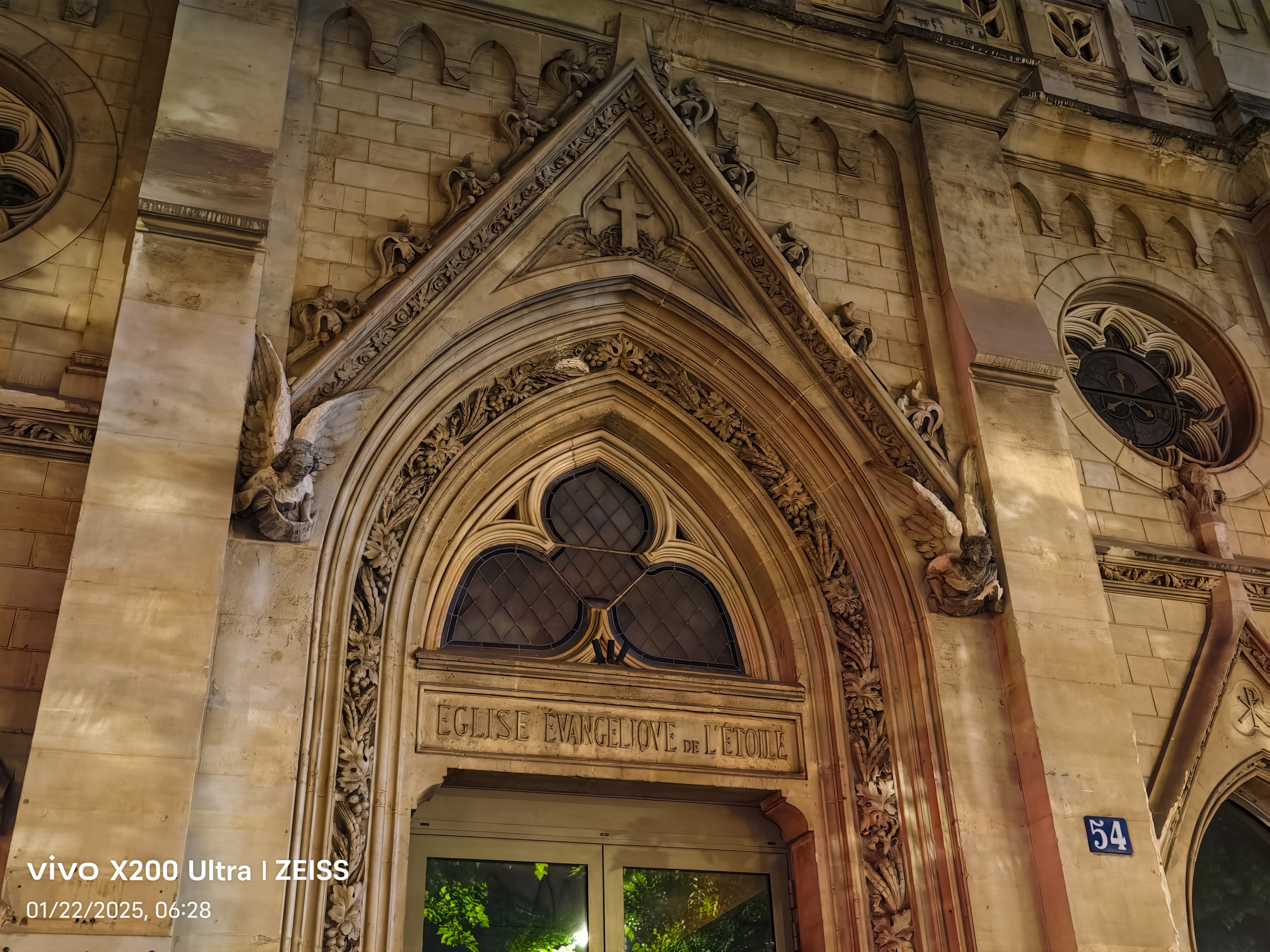 Vivo X200 Ultra 1x night shot capturing detail but with imbalanced light.
Vivo X200 Ultra 1x night shot capturing detail but with imbalanced light. Oppo Find X8 Ultra 1x night scene in Paris.
Oppo Find X8 Ultra 1x night scene in Paris.
In a final night scene comparison across various zoom levels, the Oppo Find X8 Ultra delivered the best all-around set of pictures. Its 3x photo was particularly fantastic, effectively managing lens flare from nearby lights for a sharper image. Vivo’s unconventional focal lengths felt awkward, a matter of personal preference, though its photos were generally fine but struggled with some lighting aspects. The iPhone performed well overall but tended to overexpose scenes, resulting in less vibrant images.
 iPhone 16 Pro 1x night shot with some overexposure.
iPhone 16 Pro 1x night shot with some overexposure.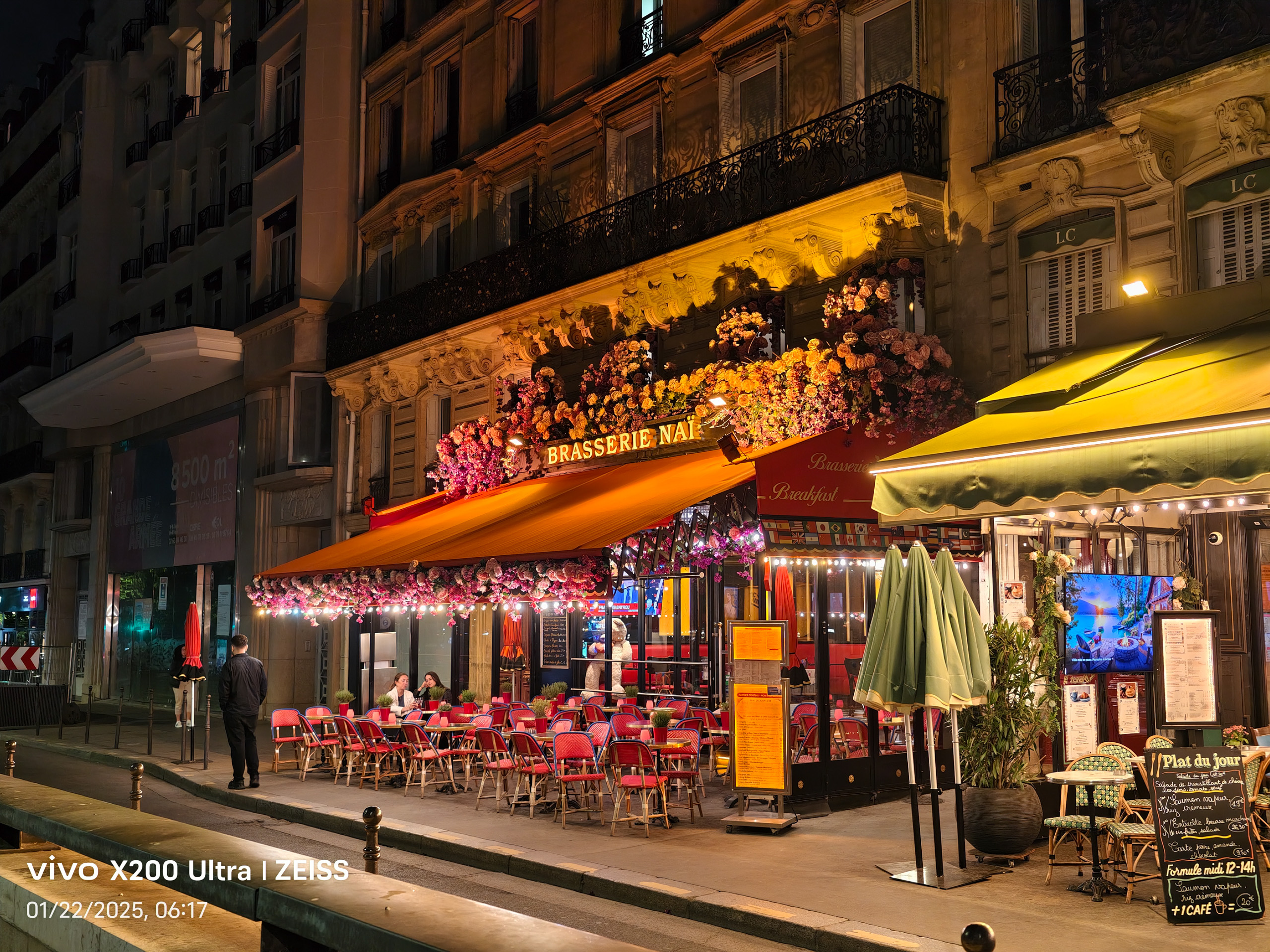 Vivo X200 Ultra 1x night scene, struggling with some lighting.
Vivo X200 Ultra 1x night scene, struggling with some lighting. Oppo Find X8 Ultra 1x night photo, well-balanced.
Oppo Find X8 Ultra 1x night photo, well-balanced.
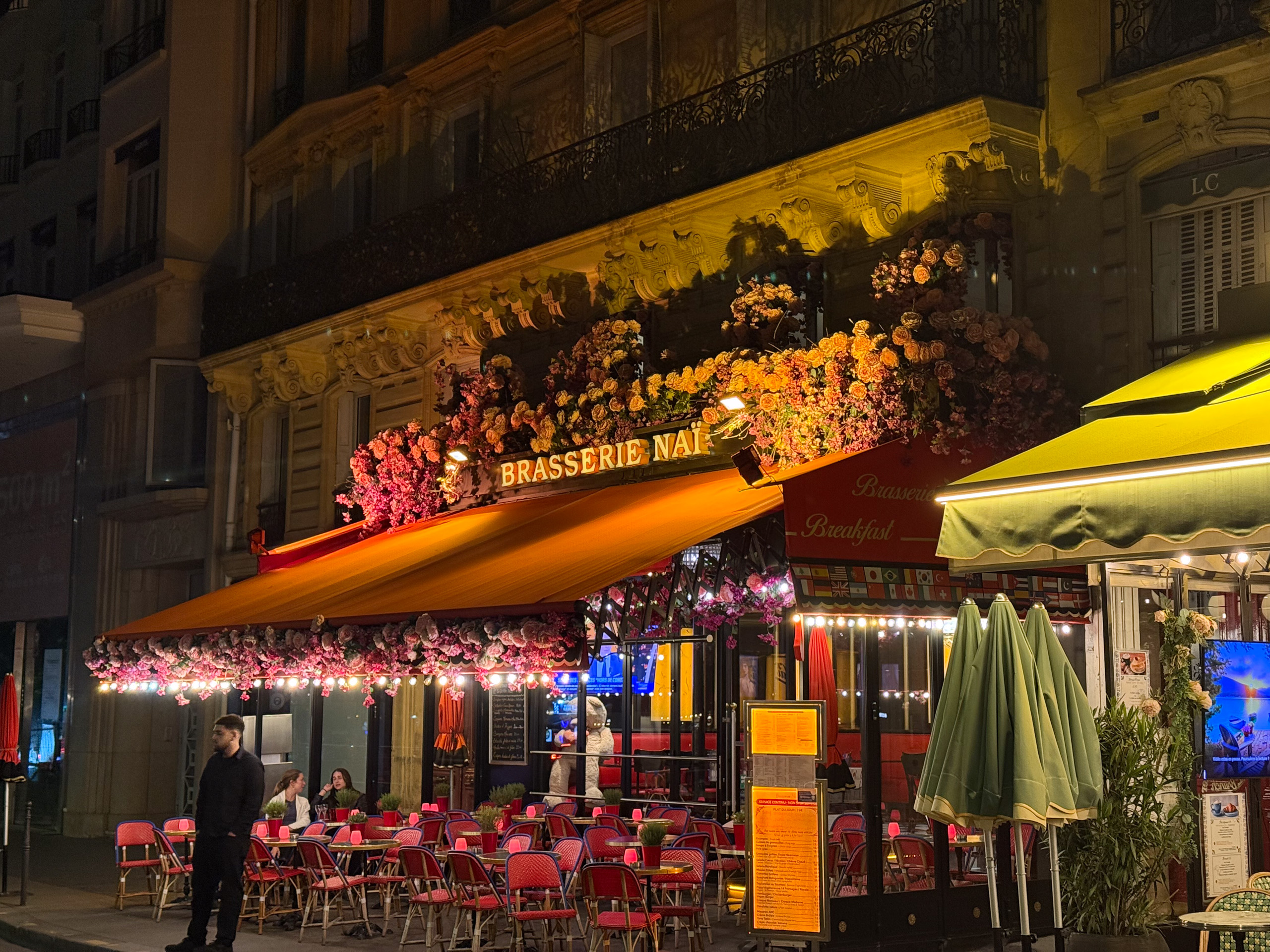 iPhone 16 Pro 2x night zoom.
iPhone 16 Pro 2x night zoom.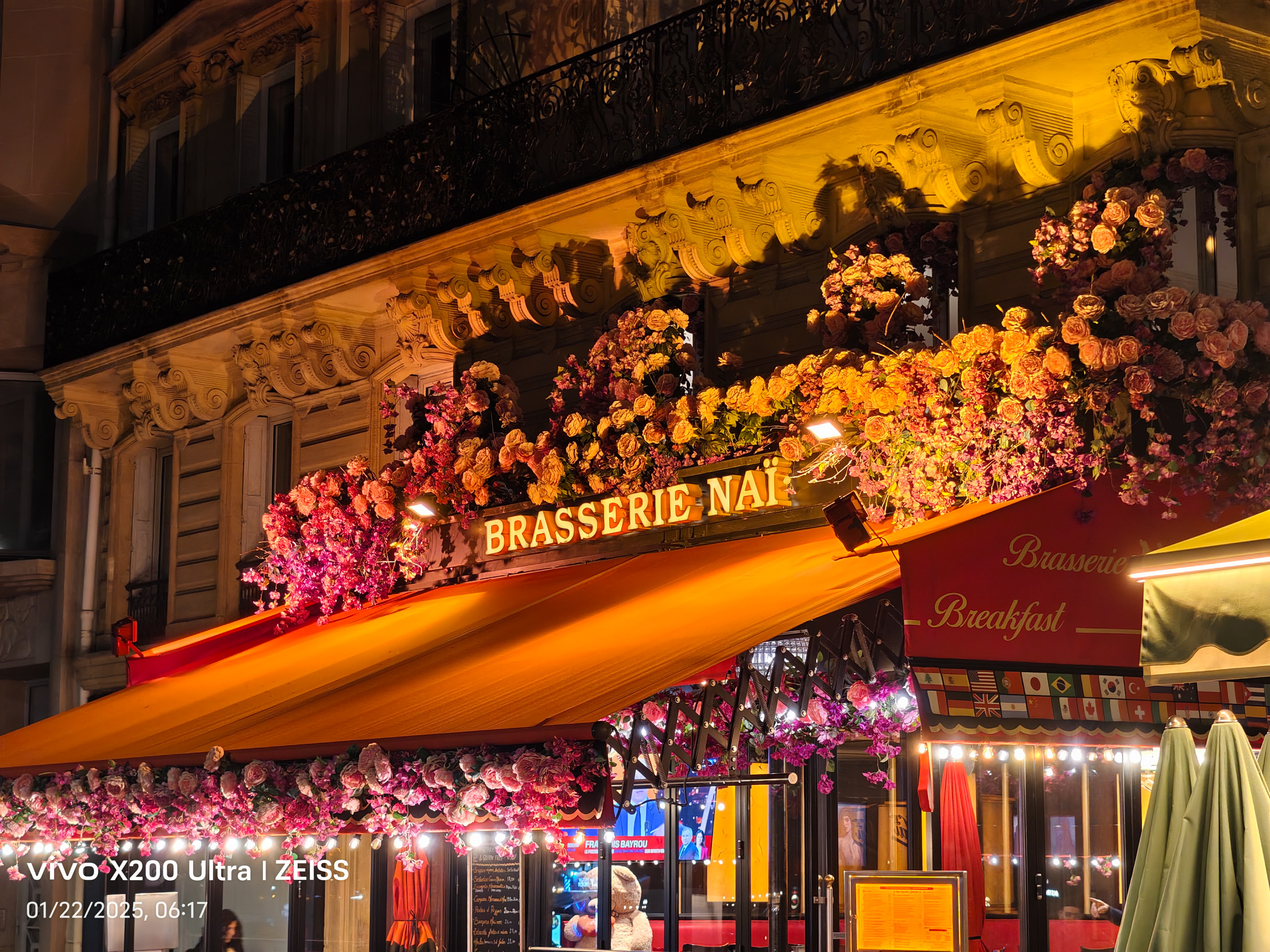 Vivo X200 Ultra 2.4x night zoom.
Vivo X200 Ultra 2.4x night zoom. Oppo Find X8 Ultra 3x night zoom, showing excellent flare control.
Oppo Find X8 Ultra 3x night zoom, showing excellent flare control.
 iPhone 16 Pro 5x night zoom.
iPhone 16 Pro 5x night zoom.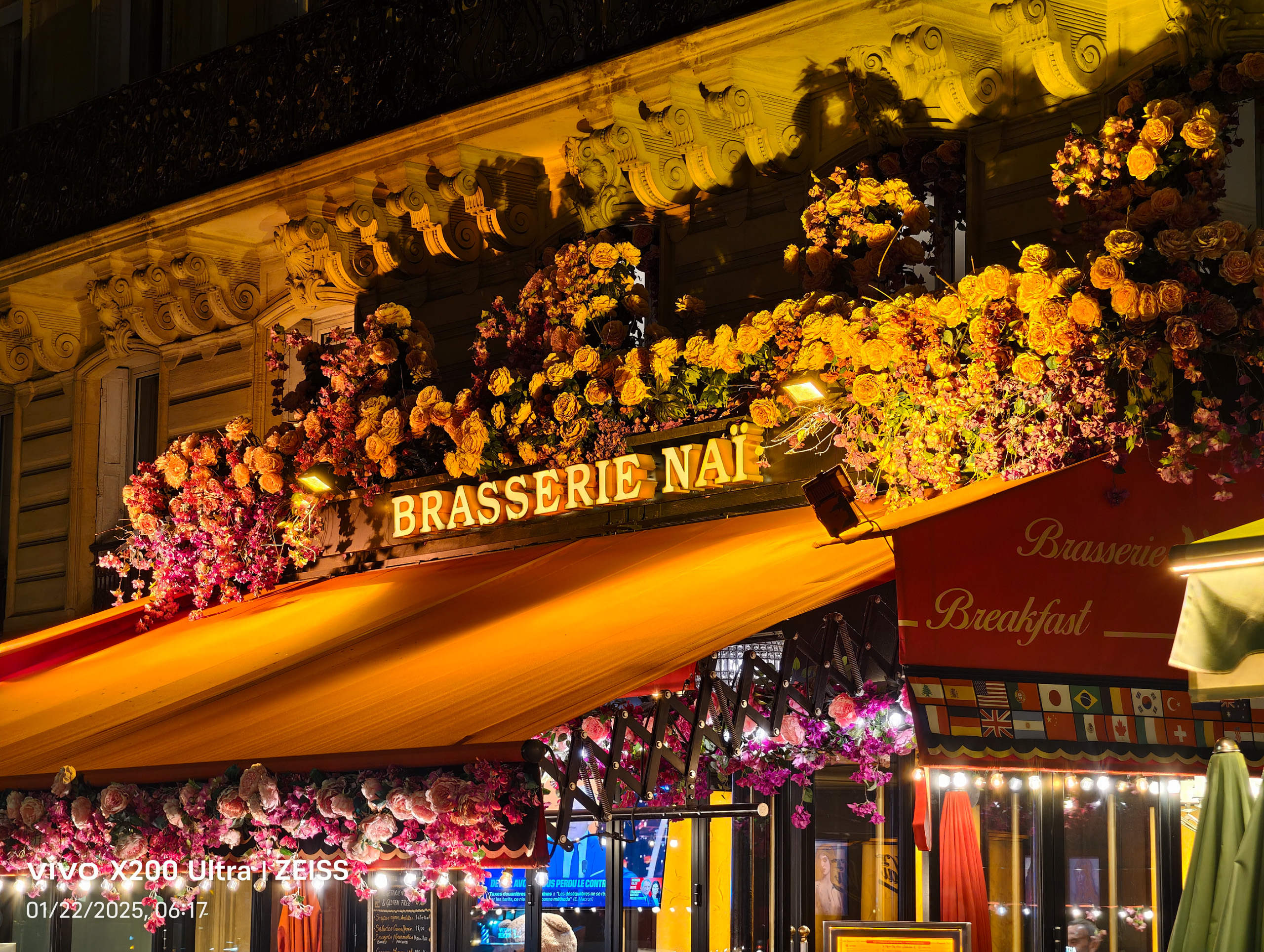 Vivo X200 Ultra 4.8x night zoom.
Vivo X200 Ultra 4.8x night zoom. Oppo Find X8 Ultra 6x night zoom.
Oppo Find X8 Ultra 6x night zoom.
The Portrait Mode Test: Capturing Depth and Detail
The Oppo Find X8 Ultra stands out as a versatile camera, excellent for everything from personal memories to professional content creation. Its lens parity is highly effective in daily use. The 1-inch sensor in its main camera captures incredible light, and its f/1.6 aperture produces stunning bokeh, making it a favorite for portrait mode hardware, even if Samsung’s color point mode is preferred by some.
 Close-up of the Oppo Find X8 Ultra rear camera module.
Close-up of the Oppo Find X8 Ultra rear camera module.
Comparing portrait modes, the Oppo Find X8 Ultra’s larger sensor and color spectrum sensor contribute to superior light capture and accurate white balance. At various focal lengths, Oppo generally produced the best portrait photos, though Apple wasn’t far behind, suggesting that improved hardware and fine-tuning could yield similar results from an iPhone.
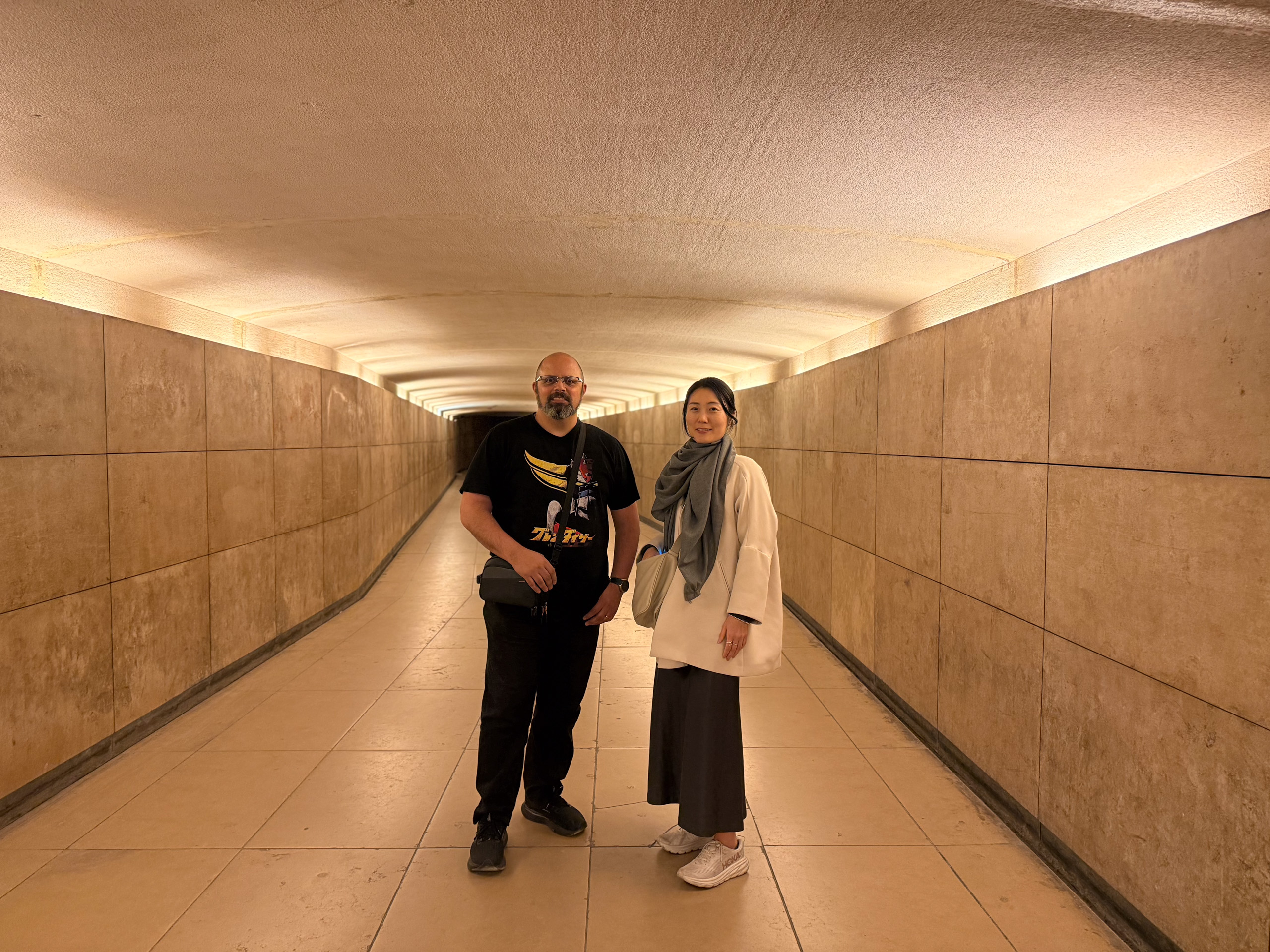 iPhone 16 Pro 1x portrait mode shot.
iPhone 16 Pro 1x portrait mode shot.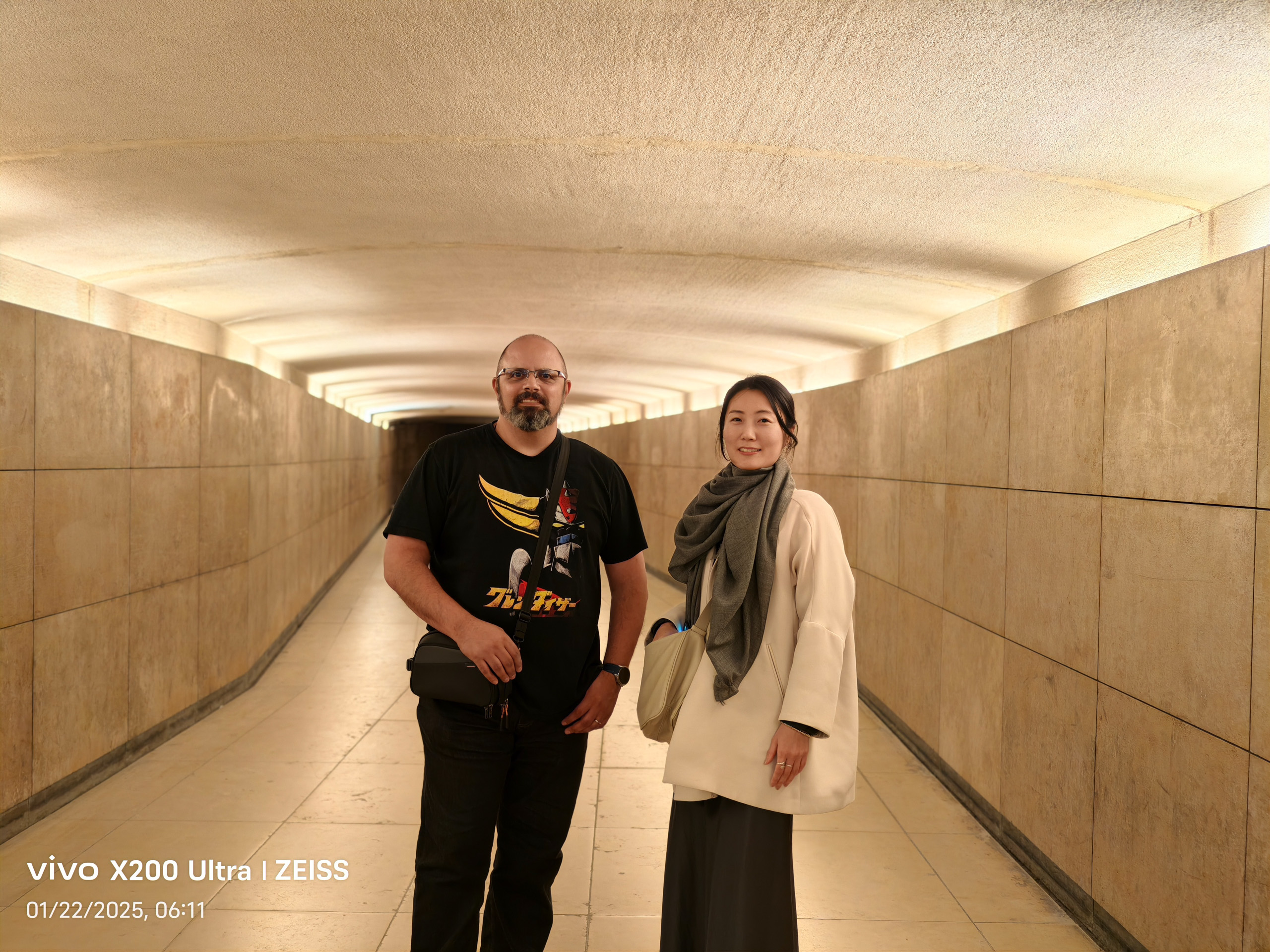 Vivo X200 Ultra 1x portrait mode photo.
Vivo X200 Ultra 1x portrait mode photo. Oppo Find X8 Ultra 1x portrait, showcasing good light and color.
Oppo Find X8 Ultra 1x portrait, showcasing good light and color.
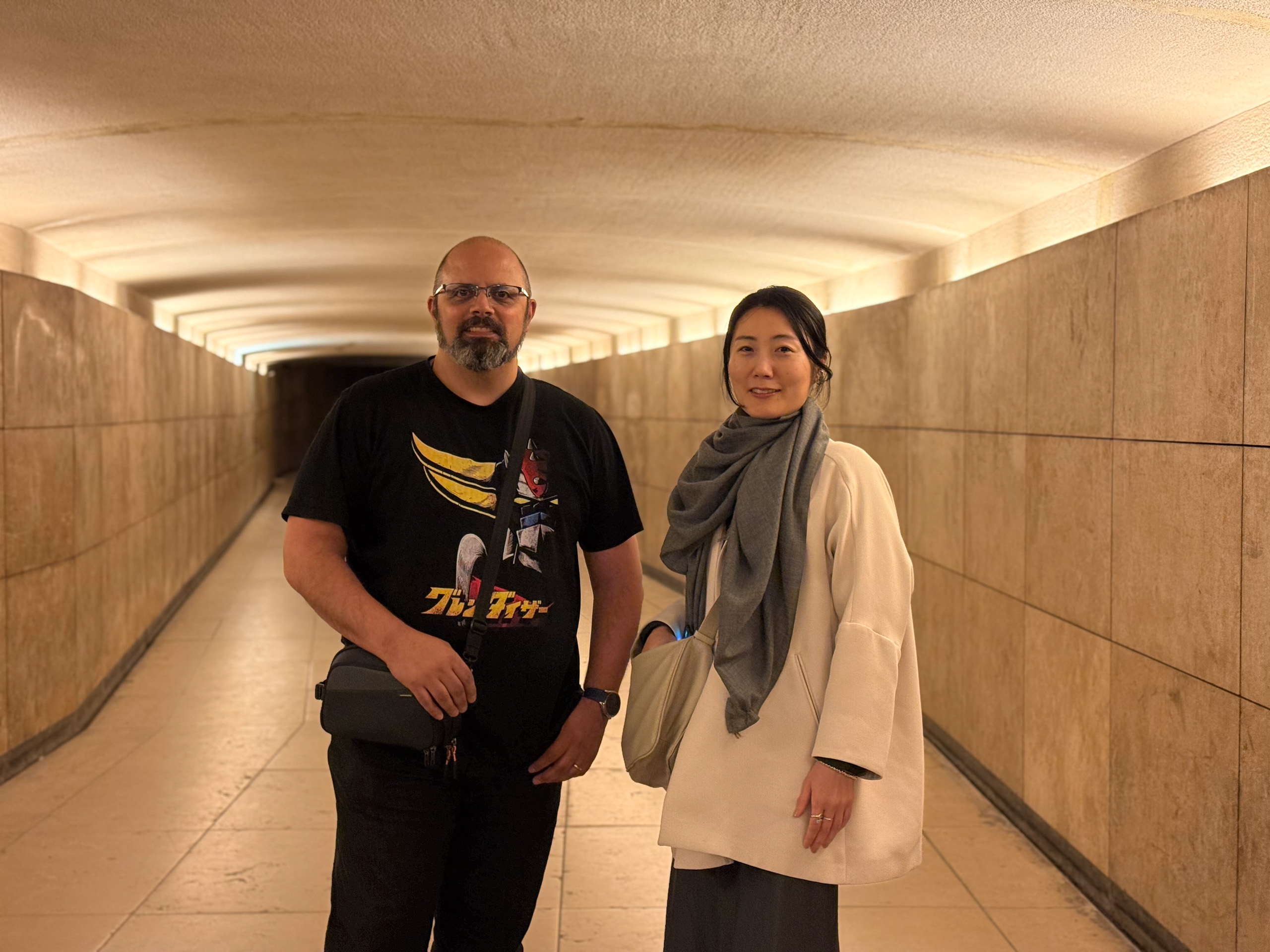 iPhone 16 Pro 2x portrait shot.
iPhone 16 Pro 2x portrait shot.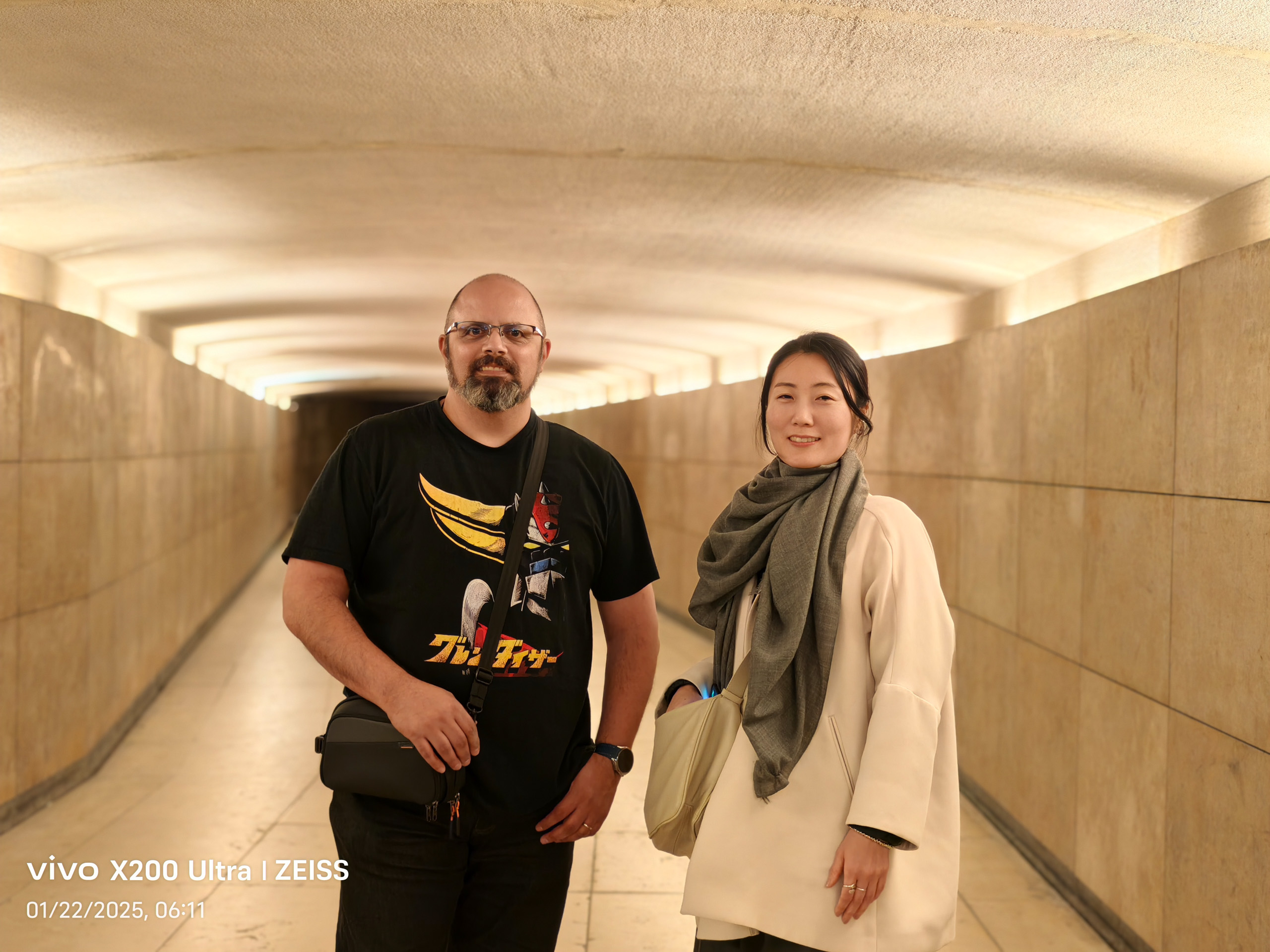 Vivo X200 Ultra 2.4x portrait photo.
Vivo X200 Ultra 2.4x portrait photo.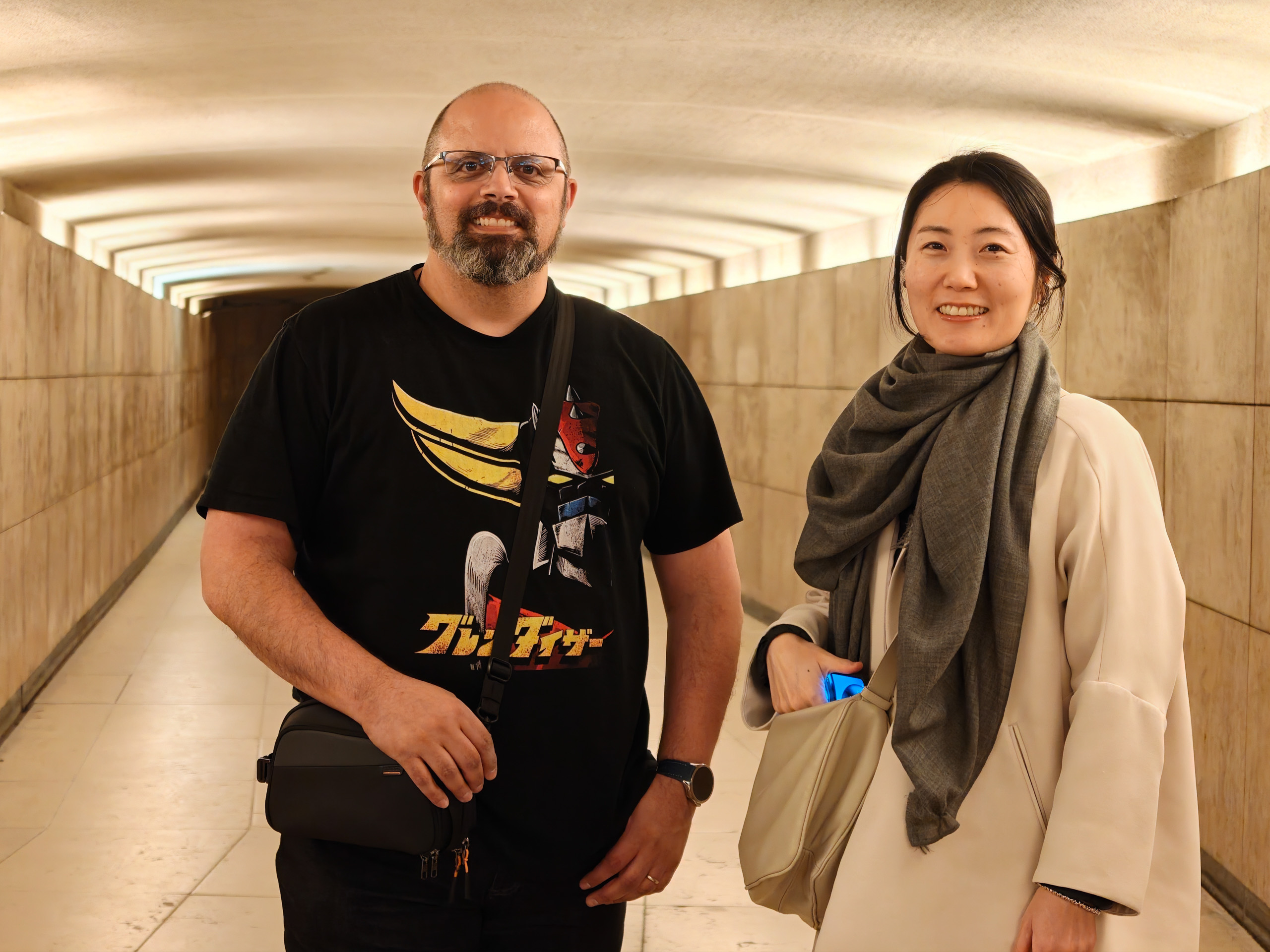 Oppo Find X8 Ultra 3x portrait, with accurate white balance.
Oppo Find X8 Ultra 3x portrait, with accurate white balance.
In a final portrait test at maximum viewfinder-permitted zoom, Apple achieved a clear victory. Despite differing focal lengths, the iPhone captured fantastic color reproduction and dynamic range. The Oppo Find X8 Ultra was a close second, while the Vivo X200 Ultra was overly aggressive with skin smoothing.
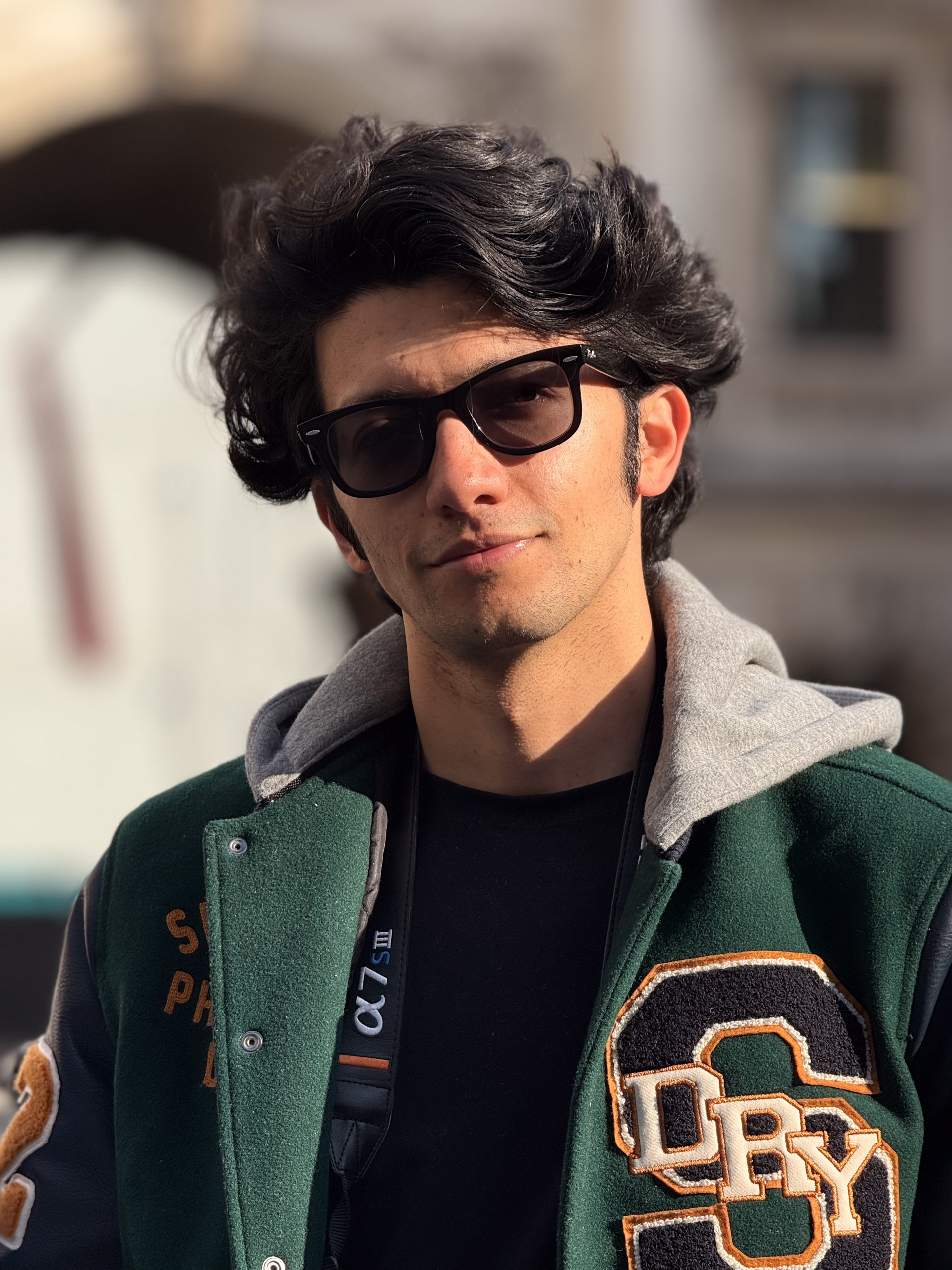 iPhone 16 Pro 5x portrait photo showcasing excellent color and dynamic range.
iPhone 16 Pro 5x portrait photo showcasing excellent color and dynamic range.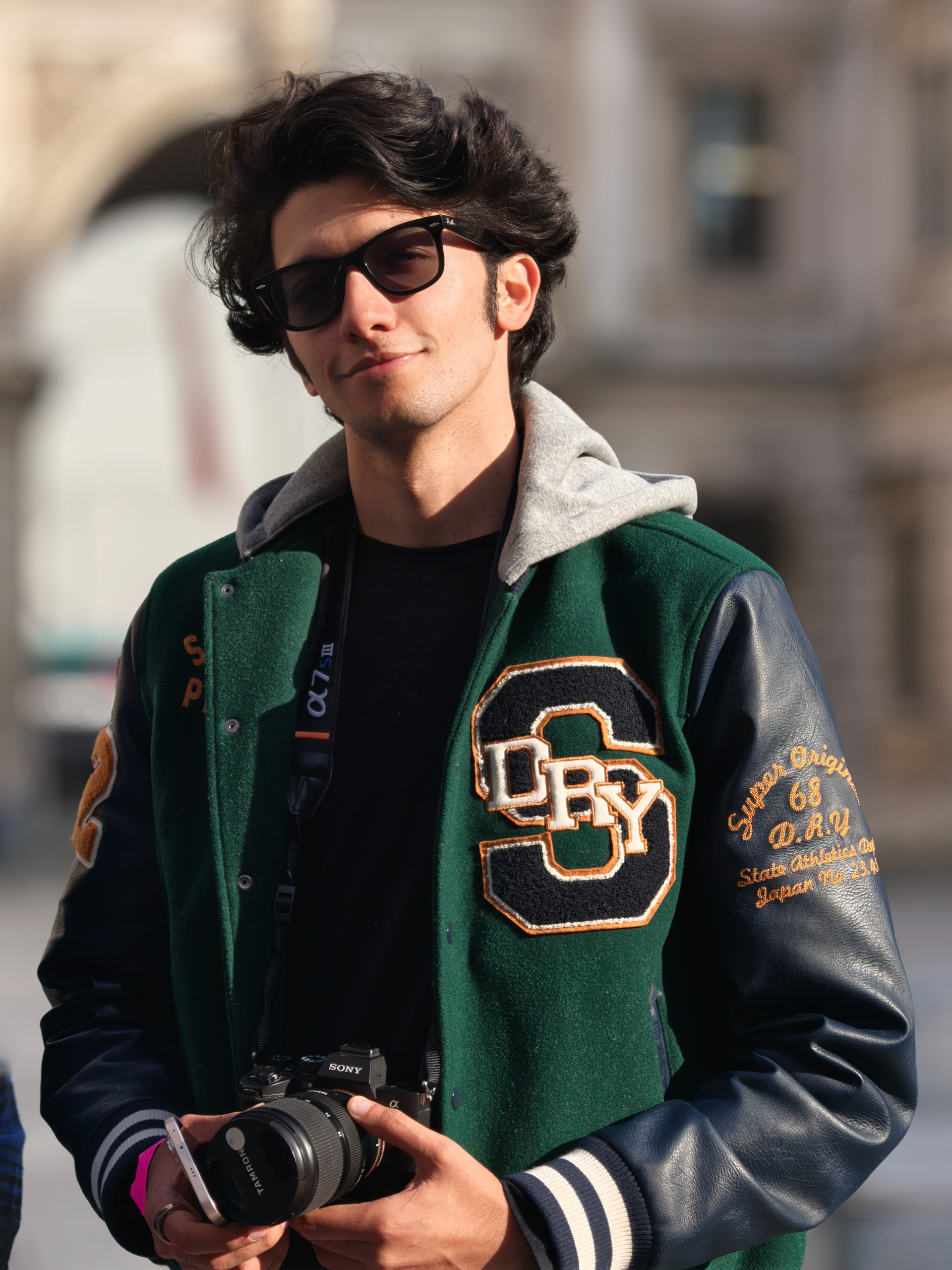 Oppo Find X8 Ultra 3x portrait, a strong contender.
Oppo Find X8 Ultra 3x portrait, a strong contender. Vivo X200 Ultra 3x portrait with noticeable skin smoothing.
Vivo X200 Ultra 3x portrait with noticeable skin smoothing.
The Compelling Case: Why an iPhone 17 Ultra is a Strategic Imperative for Apple
Several compelling reasons support Apple adopting the “Ultra” trend and launching a smartphone with top-tier mobile photography capabilities. The most evident is that Apple has positioned the iPhone as a creator’s device; while it excels in video, an Ultra model would solidify its position as a leader in still photography as well.
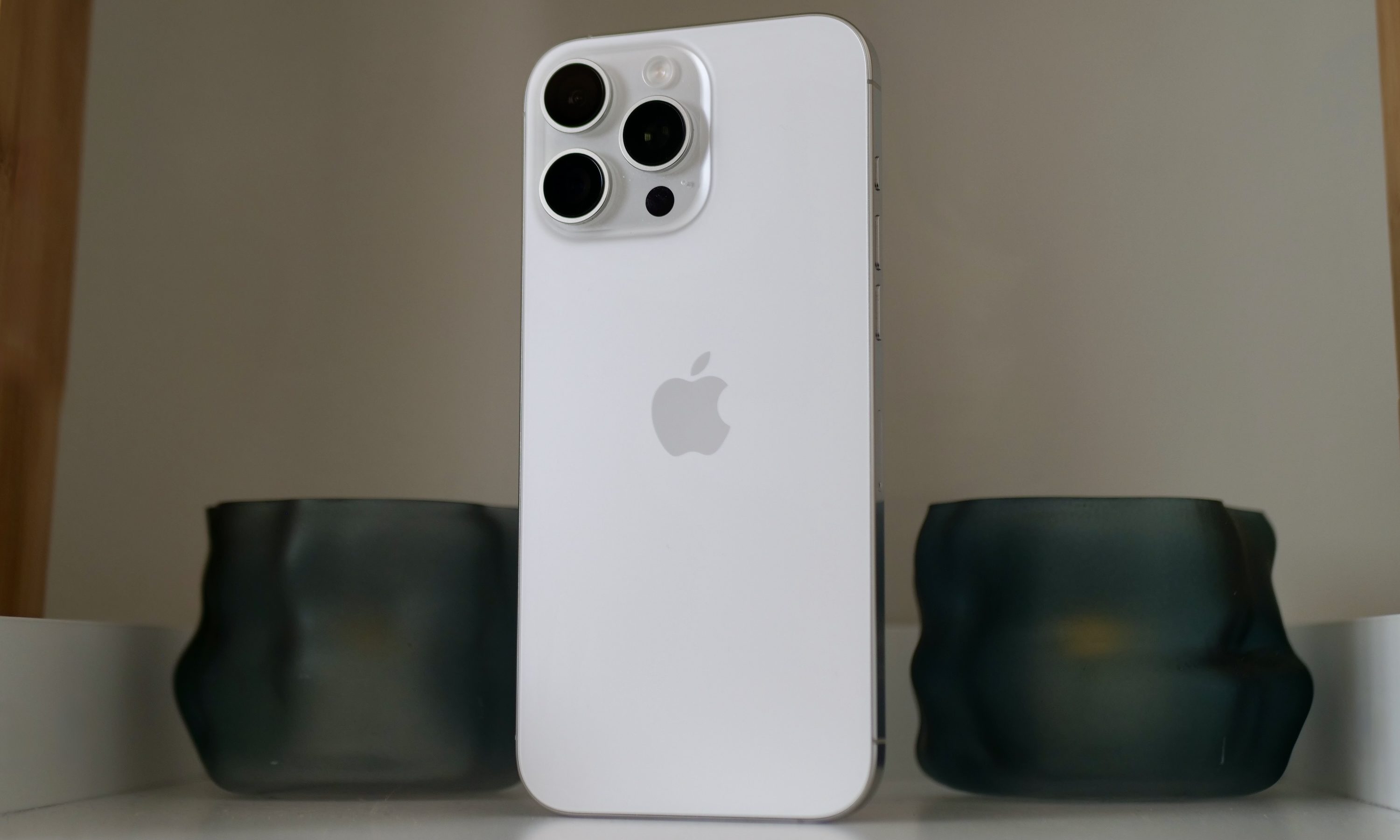 Back view of the Apple iPhone 16 Pro Max.
Back view of the Apple iPhone 16 Pro Max.
Beyond this, four key factors stand out:
- Meeting Market Expectations & Creator Demands: Samsung has demonstrated that Ultra cameras are commercially viable. The higher sale price, potentially higher margins, and appeal to price-insensitive consumers align with Apple’s business model. Creators increasingly demand versatile and powerful imaging tools.
- Addressing Competitive Pressures: As competitors like Samsung inevitably improve their video capabilities to match the iPhone, Apple will need to compete more aggressively in photography to maintain its premium appeal.
- Fostering an Ecosystem of Innovation: An iPhone with superior camera hardware would inspire a new wave of mobile photography apps, services, and accessories. Companies like Moment have built entire ecosystems around iPhone photography; better hardware would fuel further innovation. [internal_links]
- Strategic Product Line Diversification: Rumors of a thin iPhone 17 Air and reported sluggish sales of models like the iPhone 16 Plus suggest potential stagnation in Apple’s lineup. An iPhone 17 Ultra (or a future iteration) would offer a distinct product, justifying a premium price point and potentially appealing to a segment seeking the absolute best in mobile imaging, especially if the iPhone 17 Air commands a higher price for its form factor.
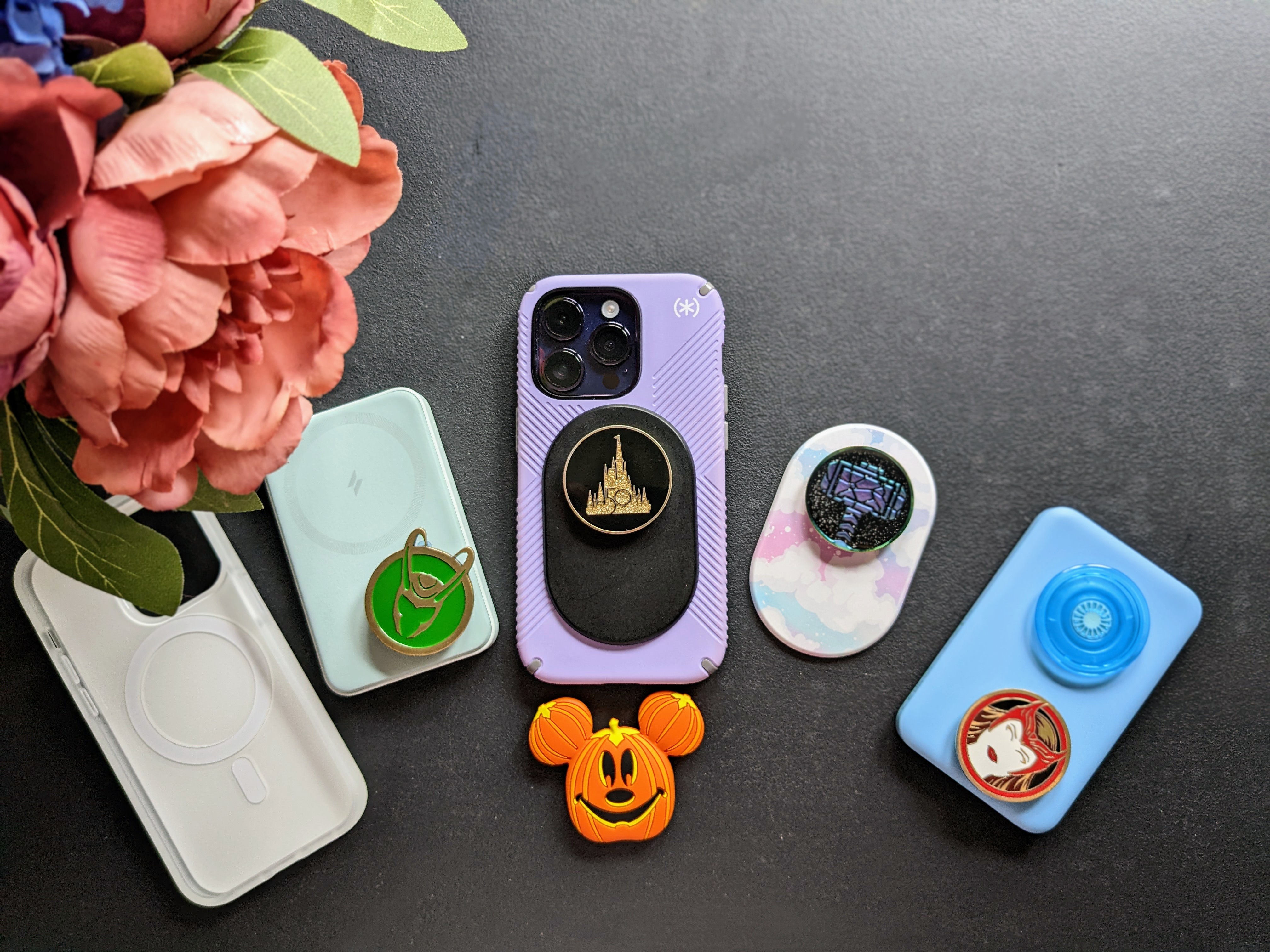 iPhone 14 Pro with MagSafe accessories like PopSocket and battery packs.
iPhone 14 Pro with MagSafe accessories like PopSocket and battery packs.
For Now: The Reigning Ultra Champion in Mobile Photography
For photography, the Oppo Find X8 Ultra currently stands as the smartphone camera of choice. While the iPhone remains excellent for video (and as a primary device for sensitive applications), the Oppo Find X8 Ultra consistently delivers superior photos.
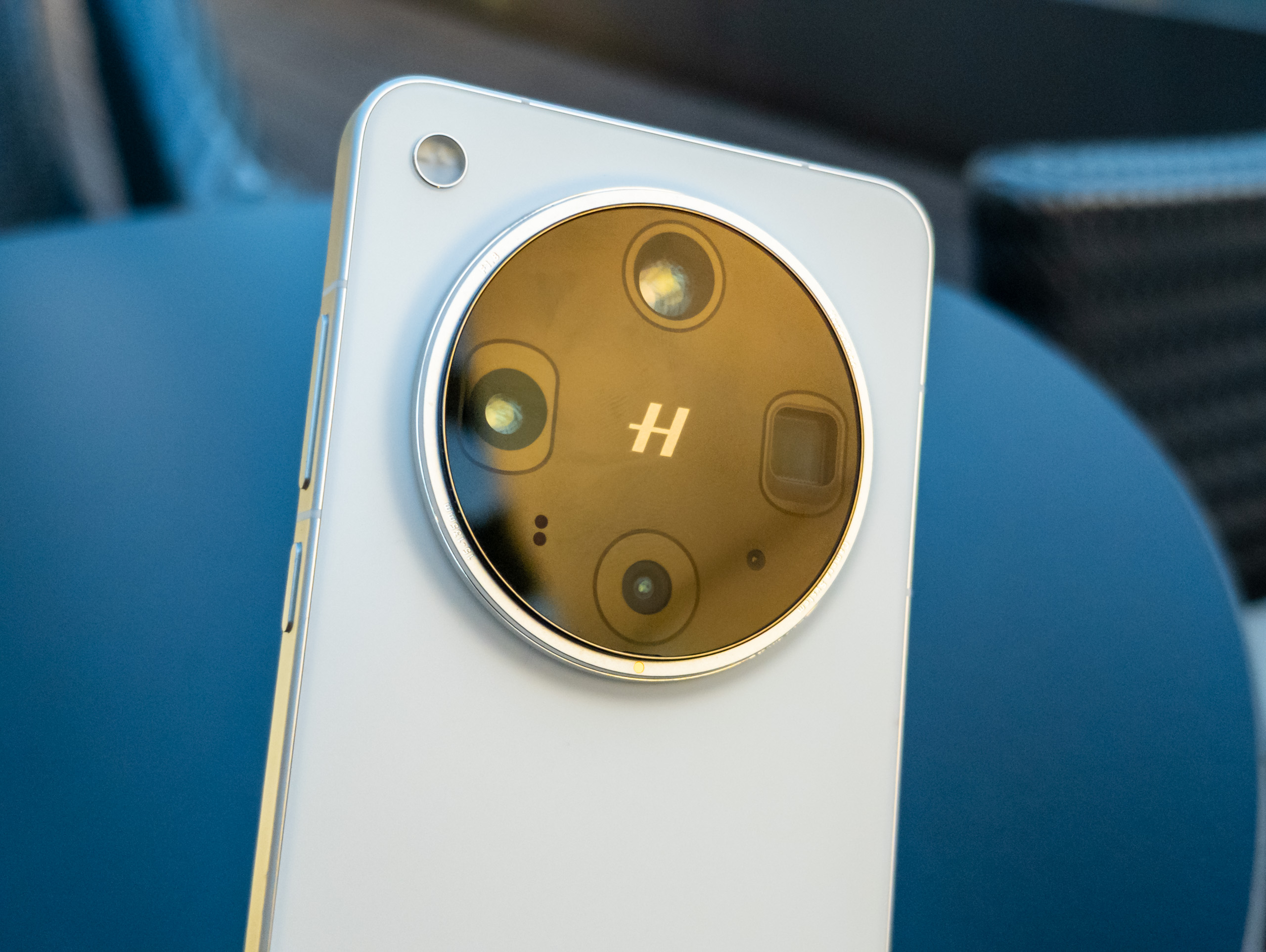 Close-up of the Oppo Find X8 Ultra camera module in white.
Close-up of the Oppo Find X8 Ultra camera module in white.
Although the Vivo X200 Ultra excels at certain focal lengths, Oppo’s performance is slightly better in others, and its color science is generally more appealing. Additionally, Oppo’s ColorOS offers a smoother, more intuitive interface for quick setting adjustments. The Galaxy S25 Ultra, being the only Ultra readily available in the US, is a strong contender, particularly with its best-in-class portrait mode. However, incorporating a 1-inch sensor and enhanced telephoto capabilities in future iterations would elevate it to true parity with the best of the competition.
Apple’s Next Move: An iPhone 17 Ultra to Reclaim the Crown
The evidence from extensive comparisons is clear: while the iPhone 16 Pro is a capable device, its camera system is being outpaced by the aggressive innovation seen in Android “Ultra” flagships. Competitors are pushing boundaries with larger sensors, advanced multi-lens telephoto systems, superior zoom capabilities, and enhanced computational photography that Apple has yet to fully embrace across its lineup.
For Apple to not just compete but to lead again in the fiercely contested arena of mobile photography, an iPhone 17 Ultra is not just a desirable product; it’s a strategic necessity. Such a device would cater to the unmet demands of prosumers and creators, re-energize the iPhone’s image as an innovator, and provide a clear, premium differentiation in its product portfolio. By selectively adopting the proven strengths of its Ultra rivals – from versatile zoom systems to larger sensors and more sophisticated image processing for stills – Apple has the opportunity to craft an iPhone that truly lives up to an “Ultra” moniker.
What features are non-negotiable for you in a potential iPhone 17 Ultra? Share your thoughts in the comments below!



